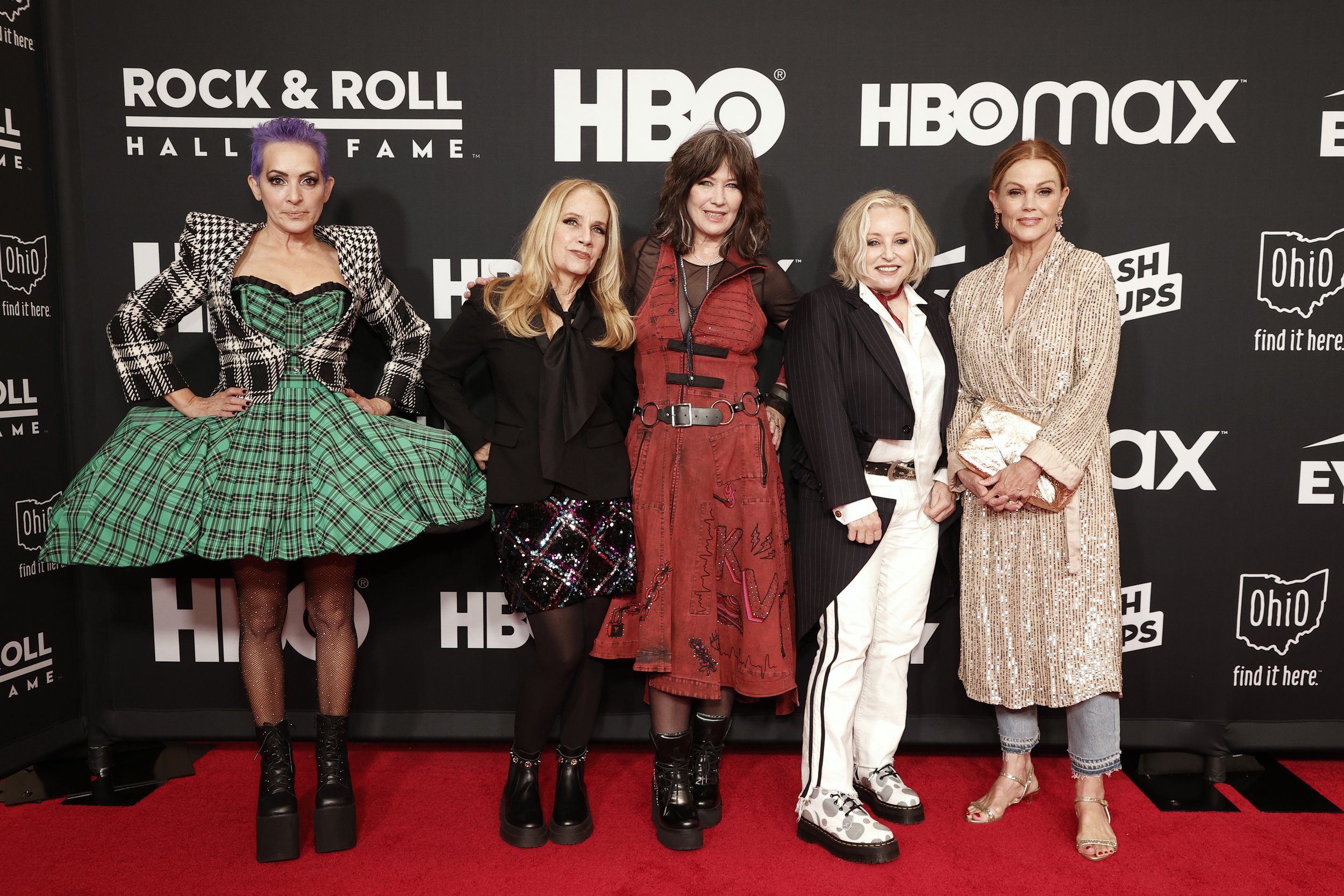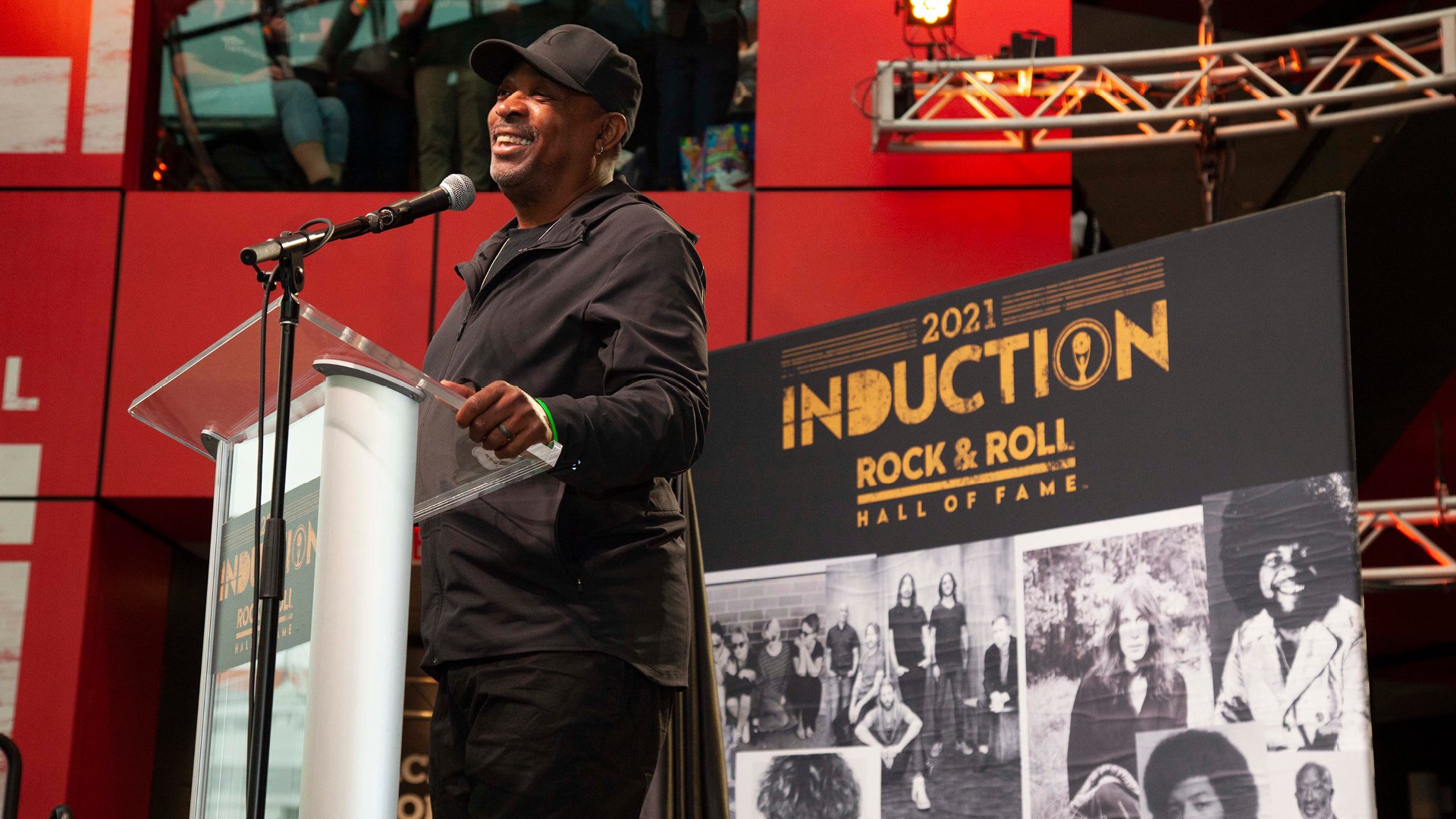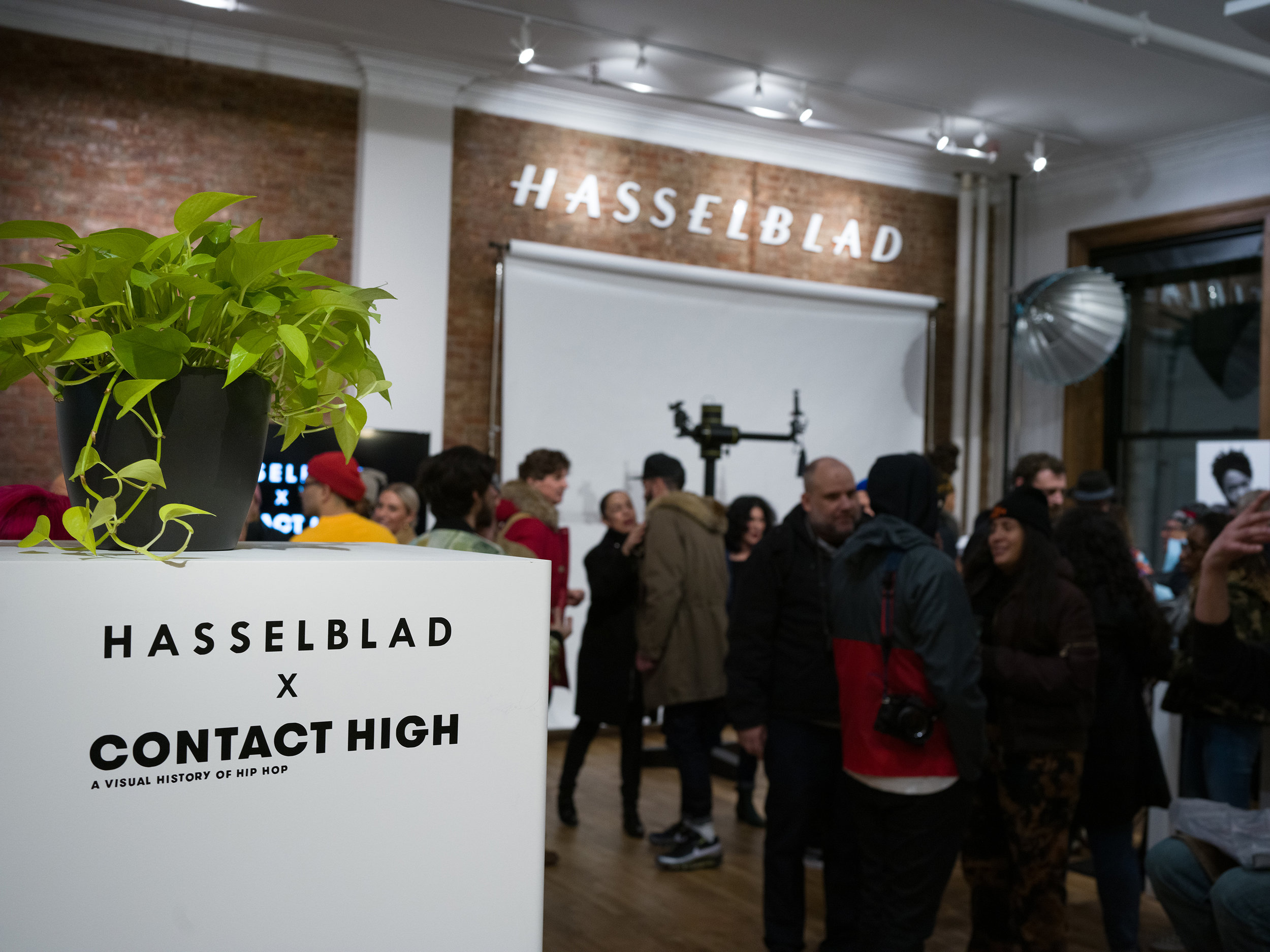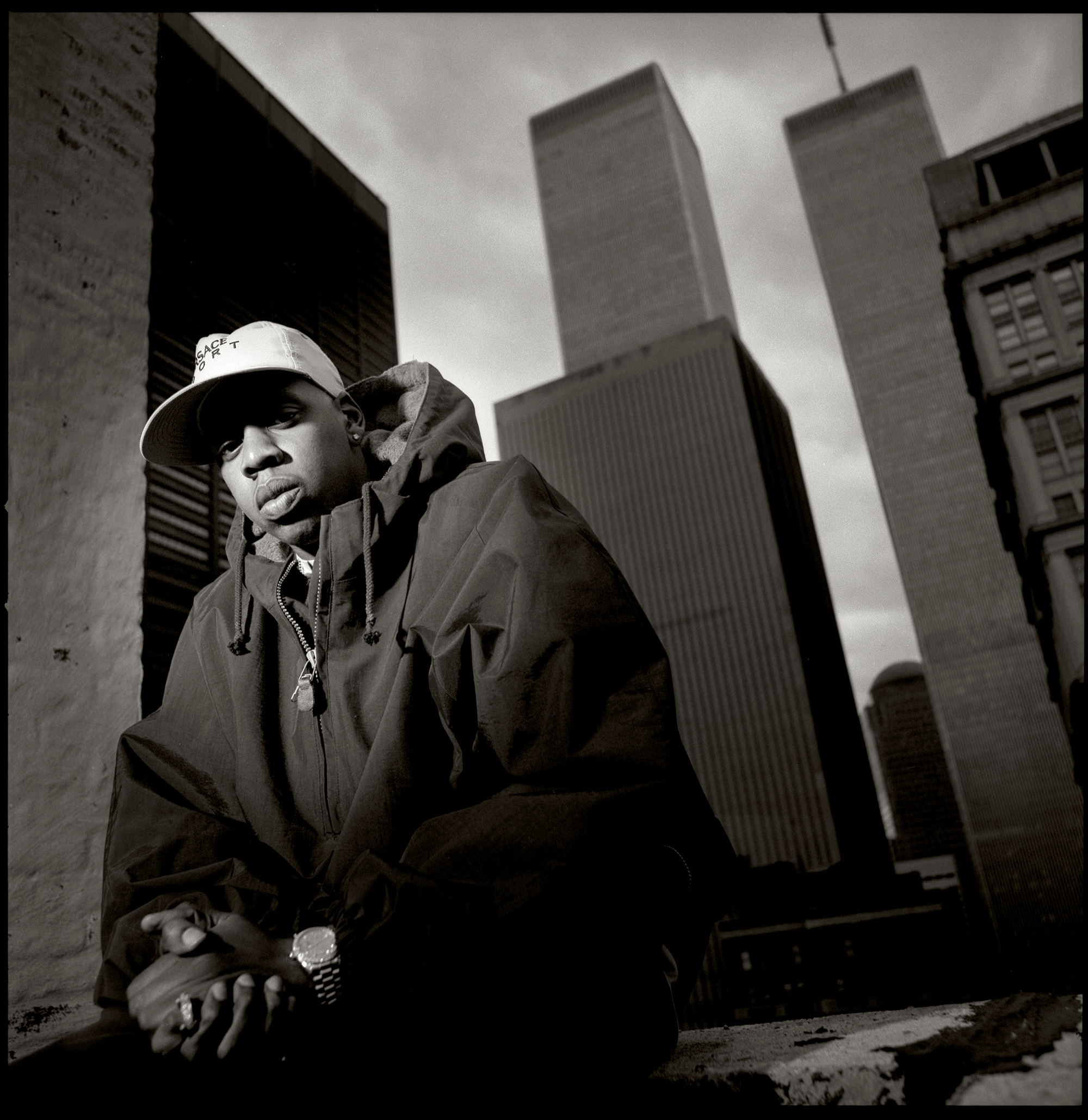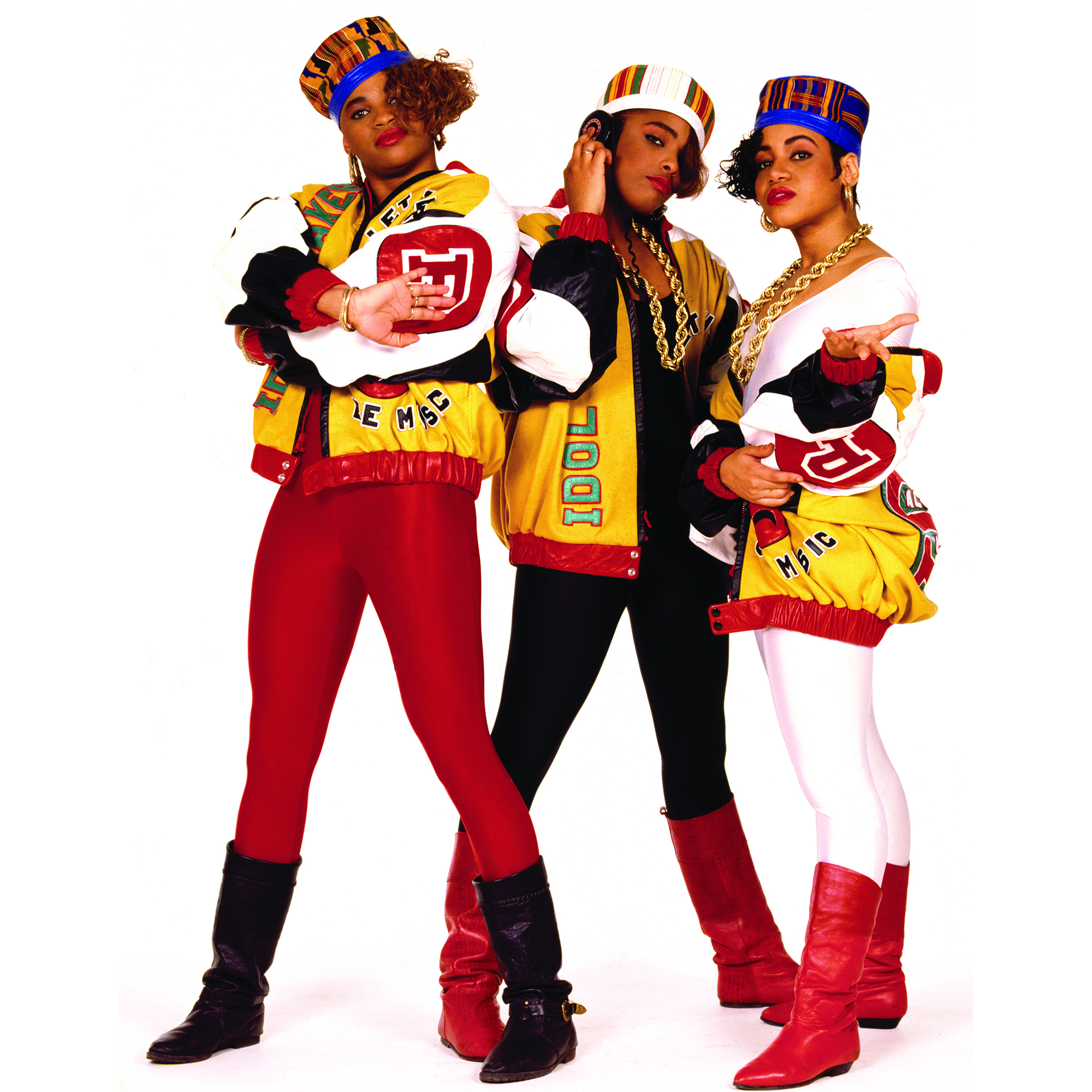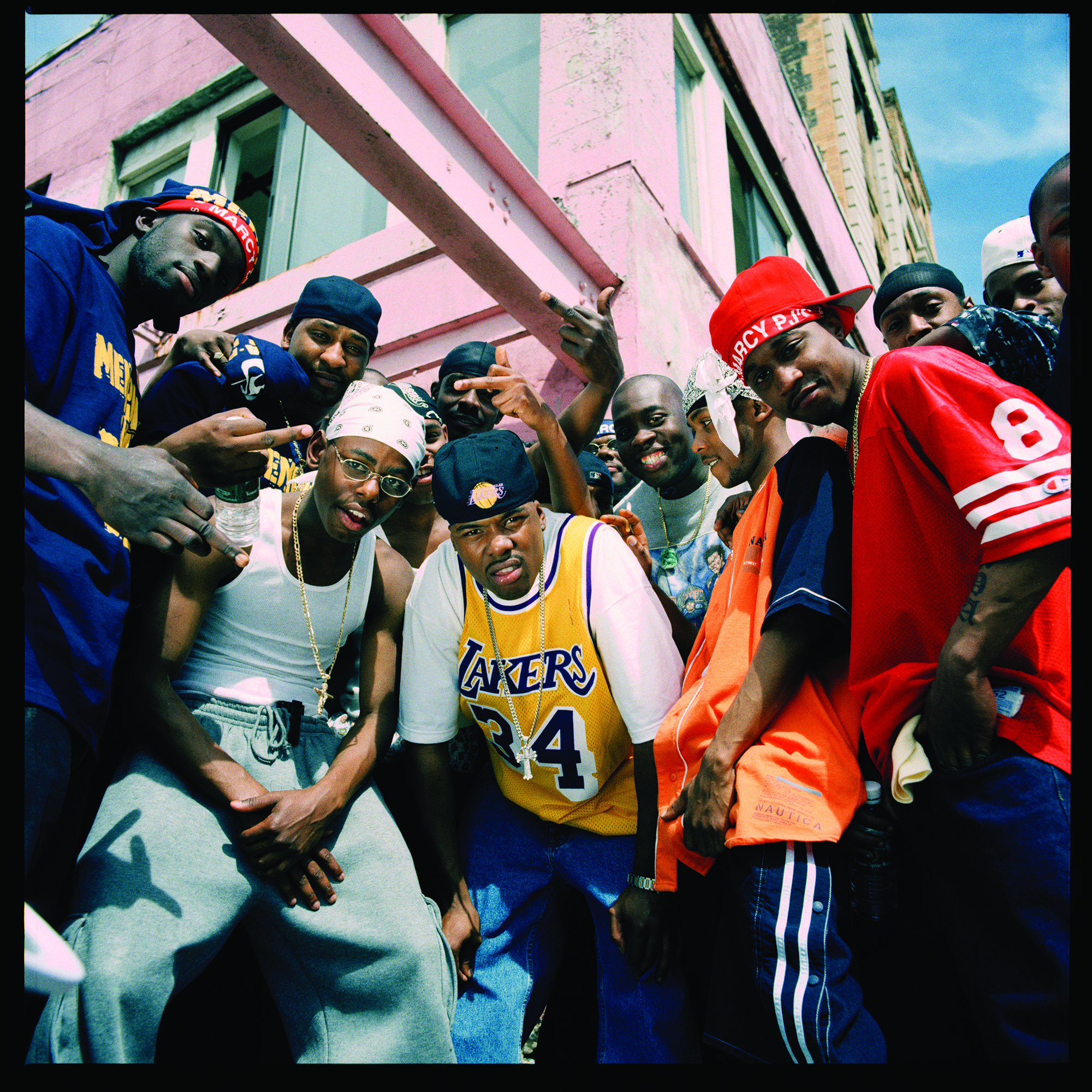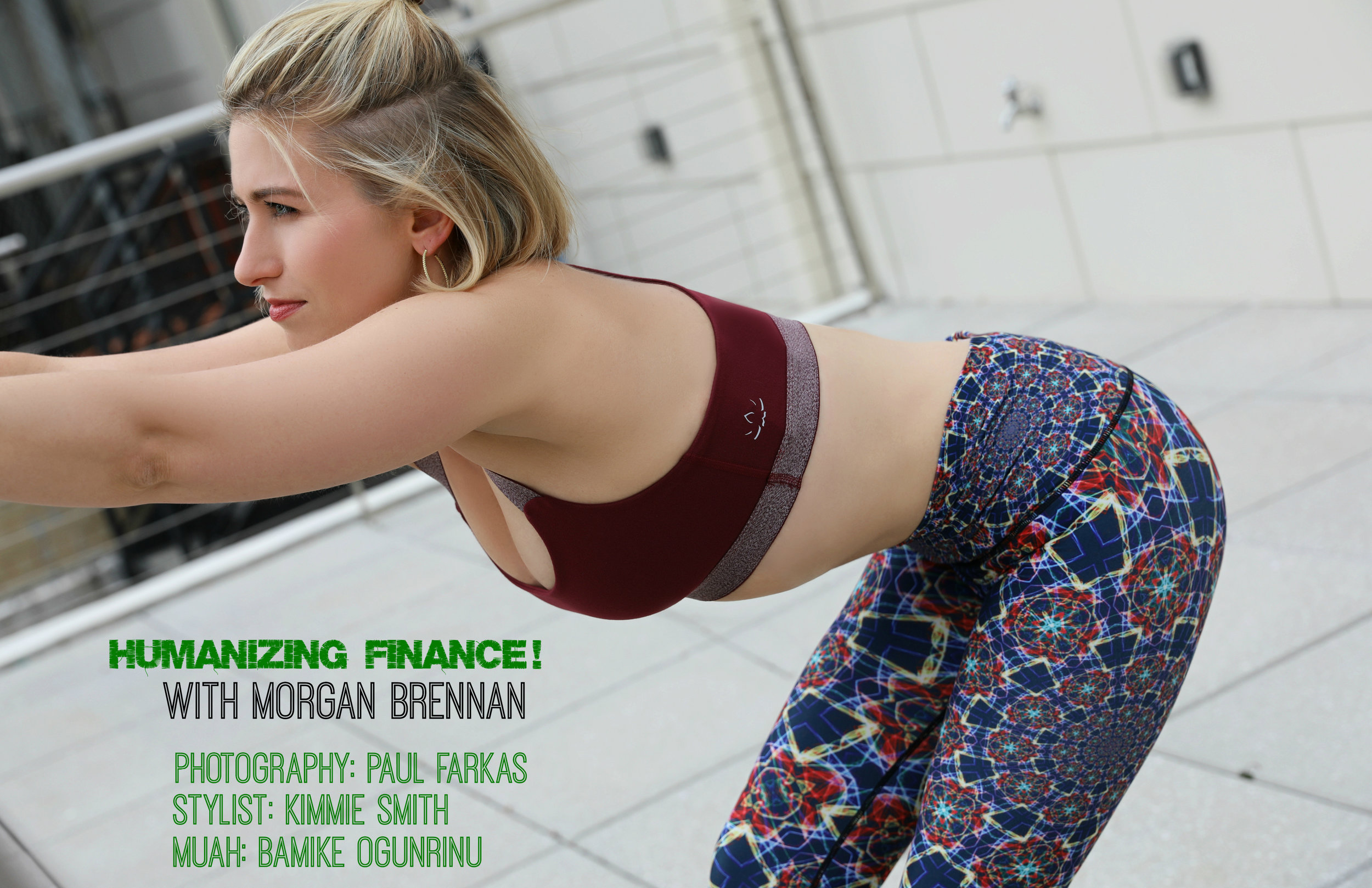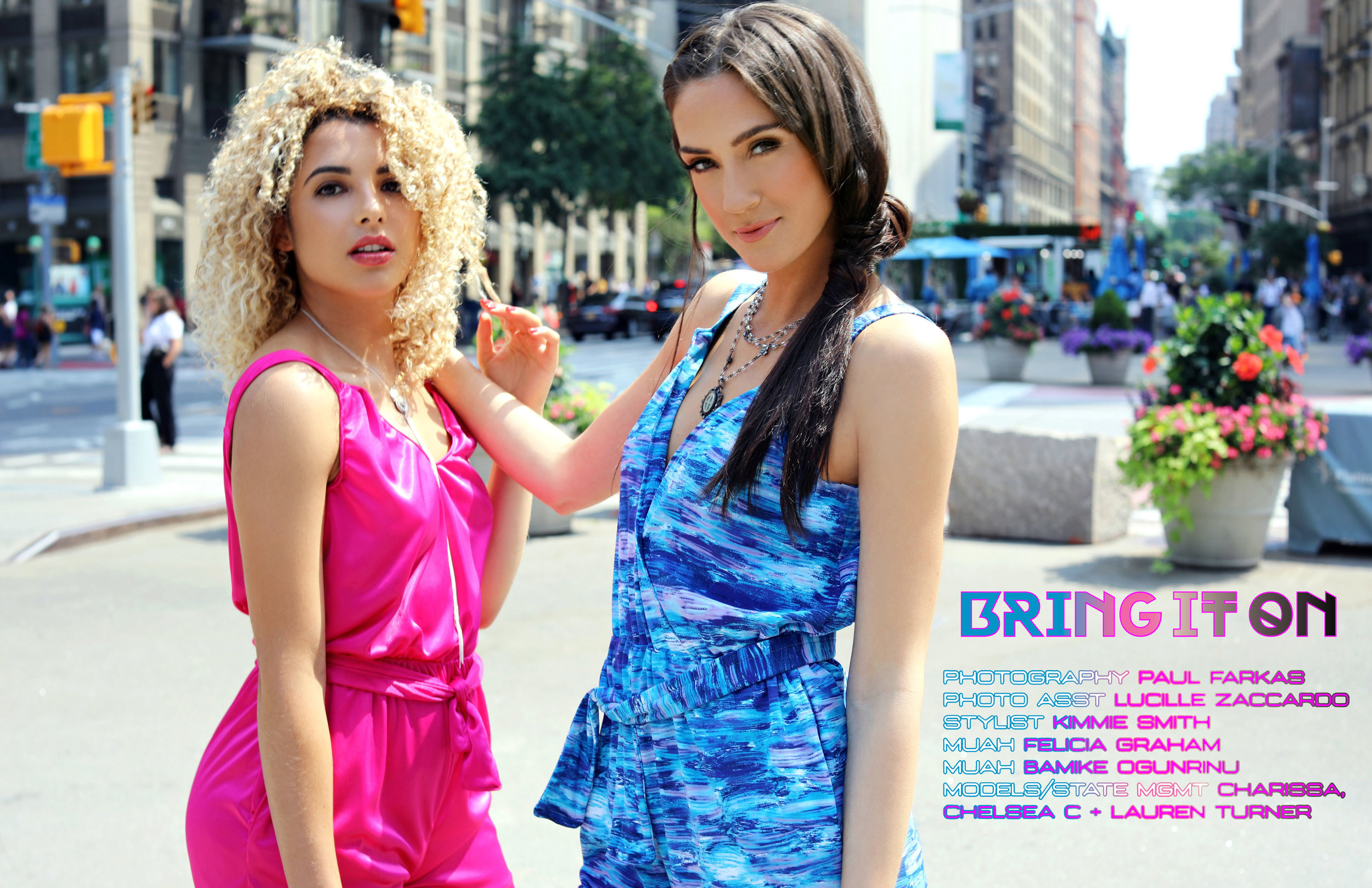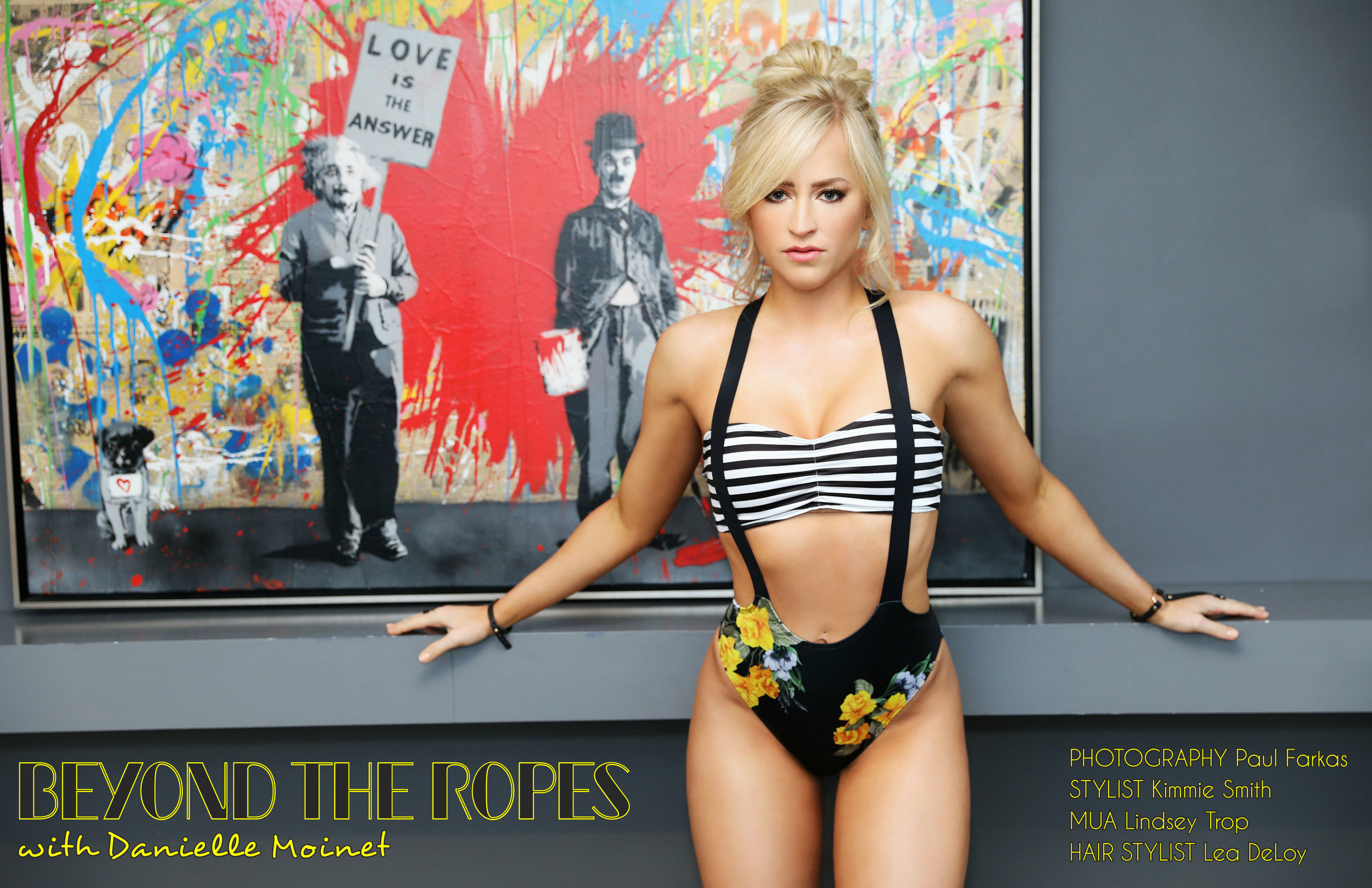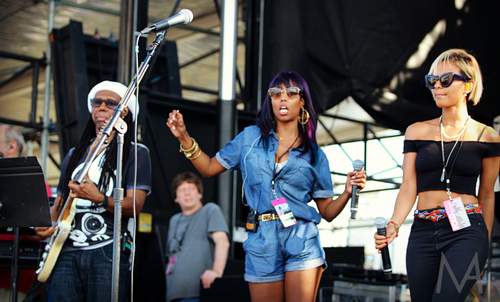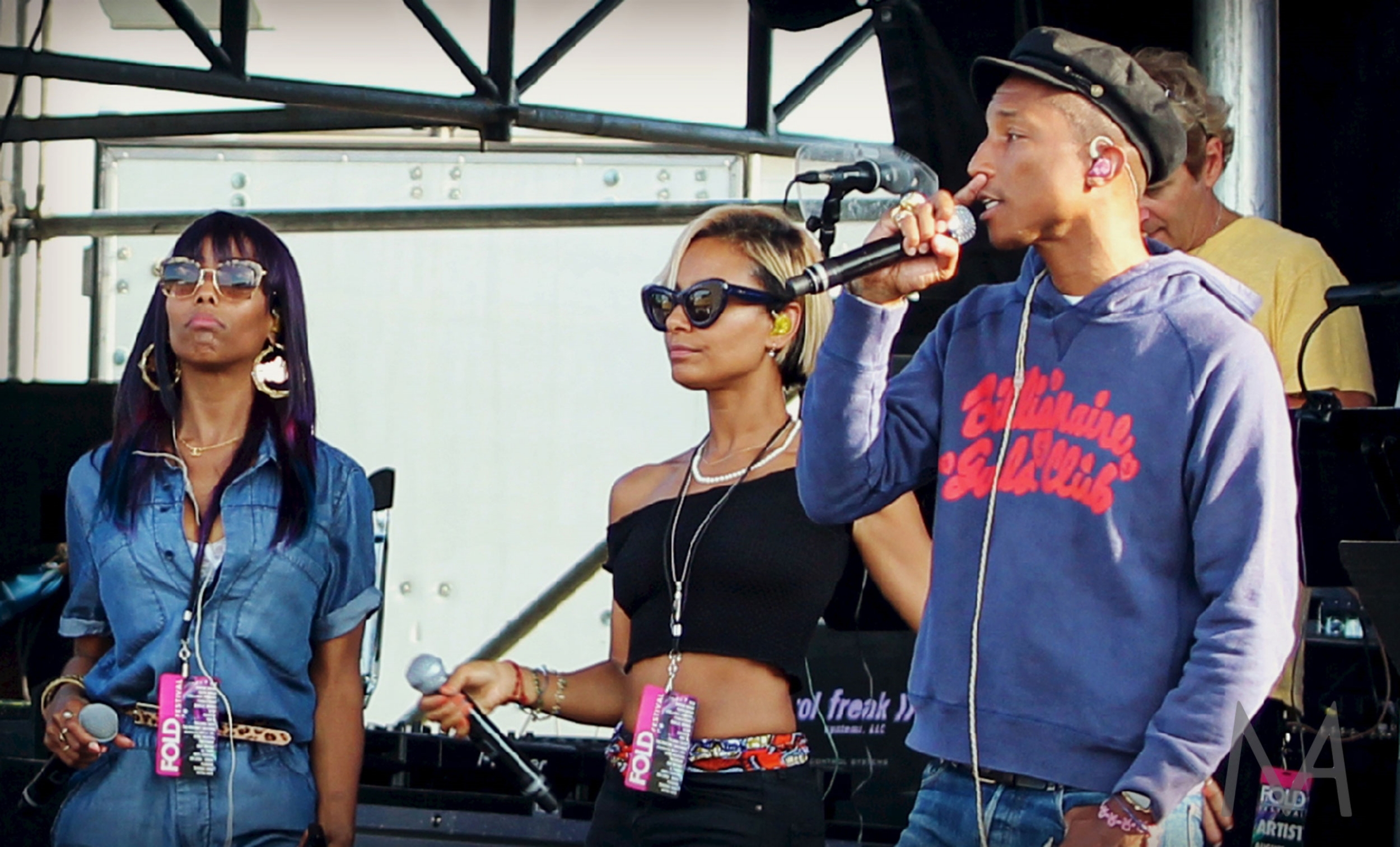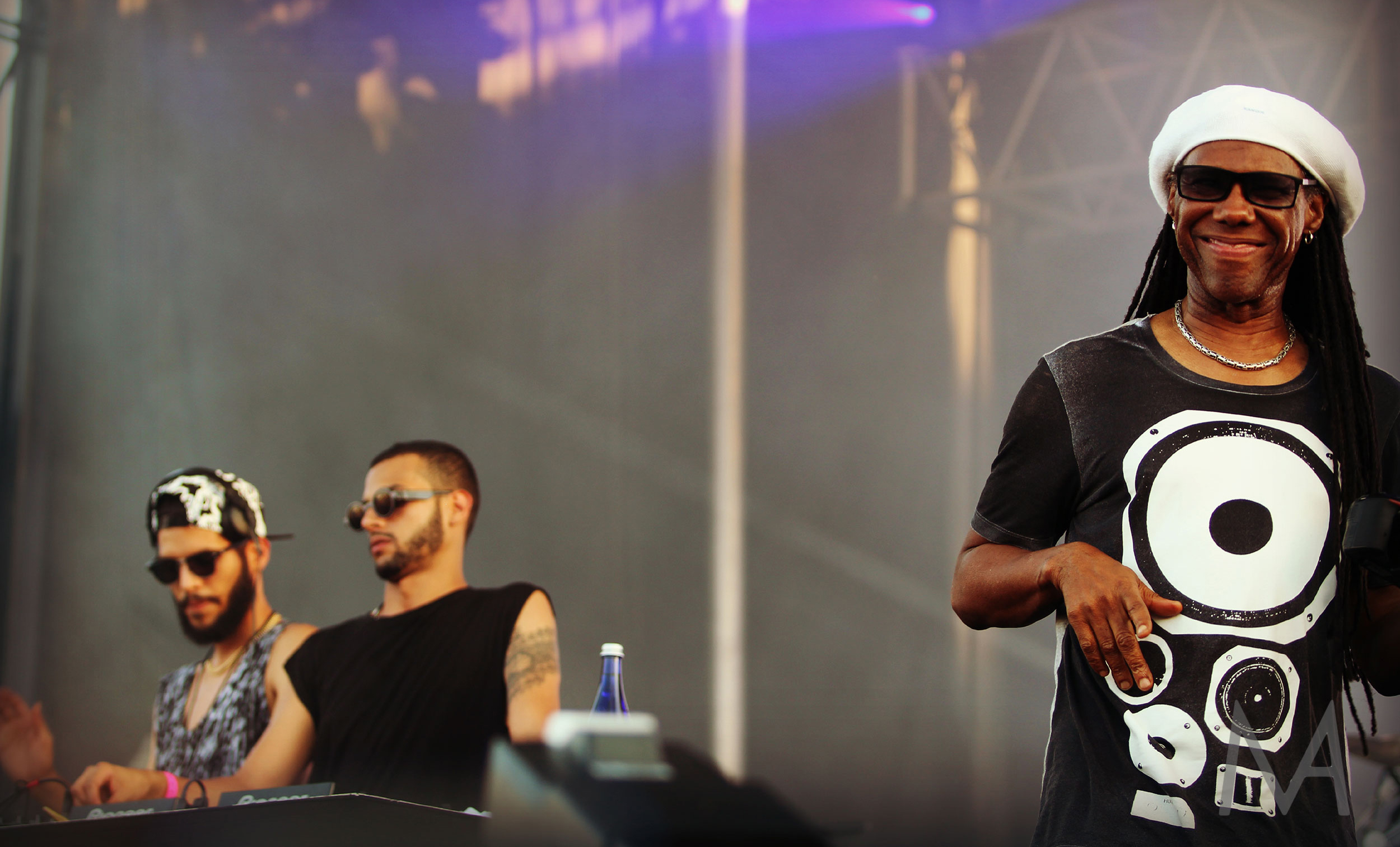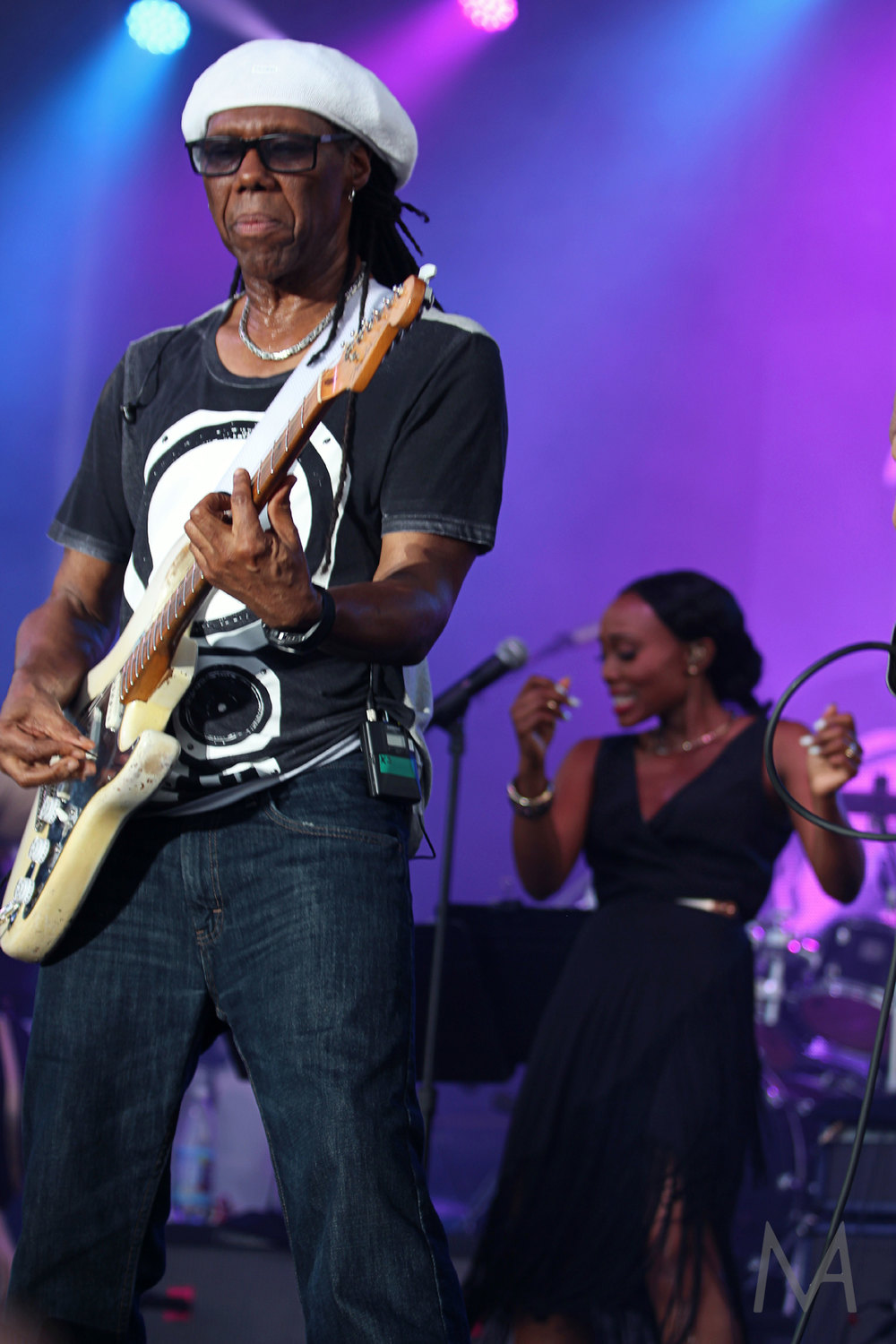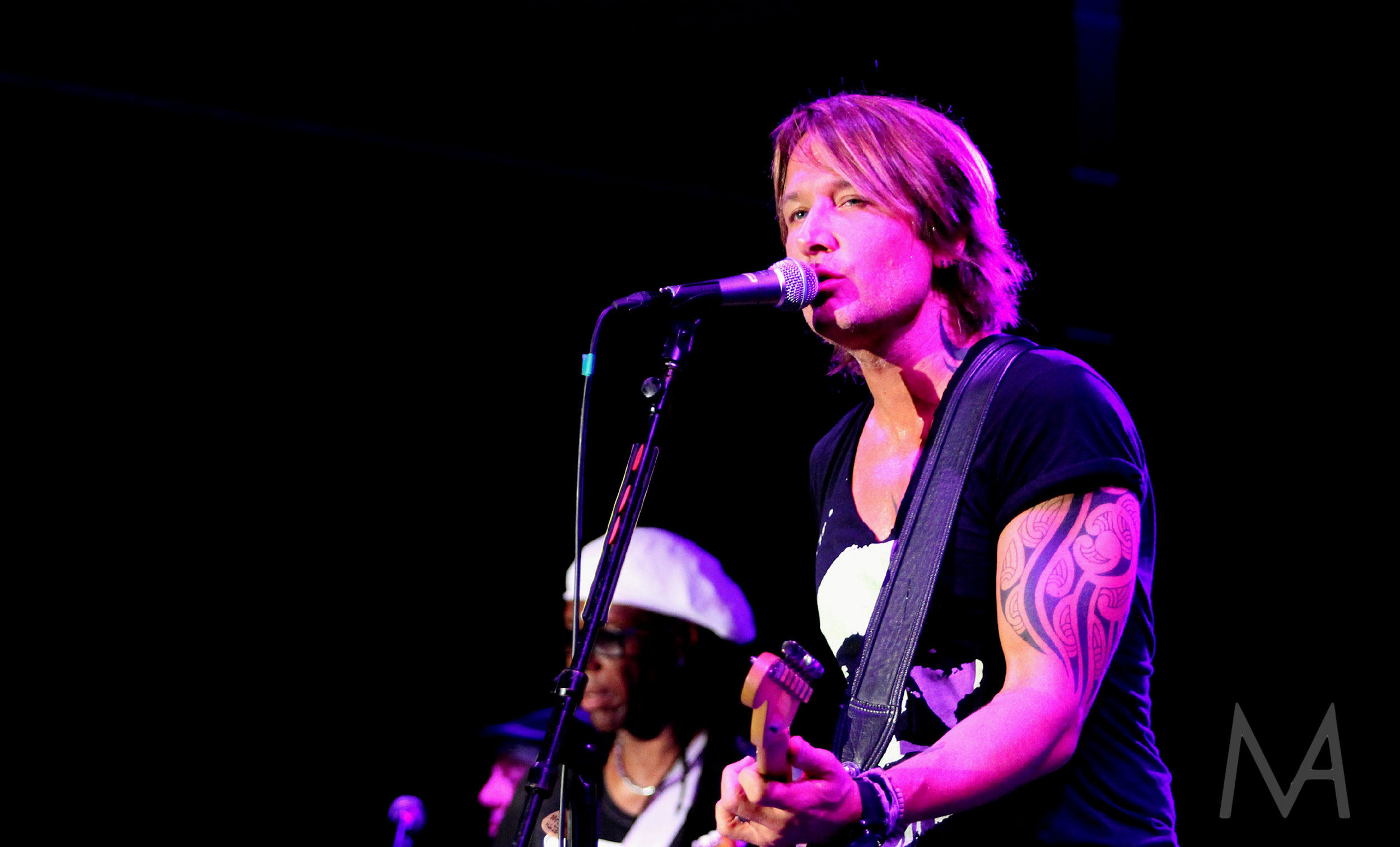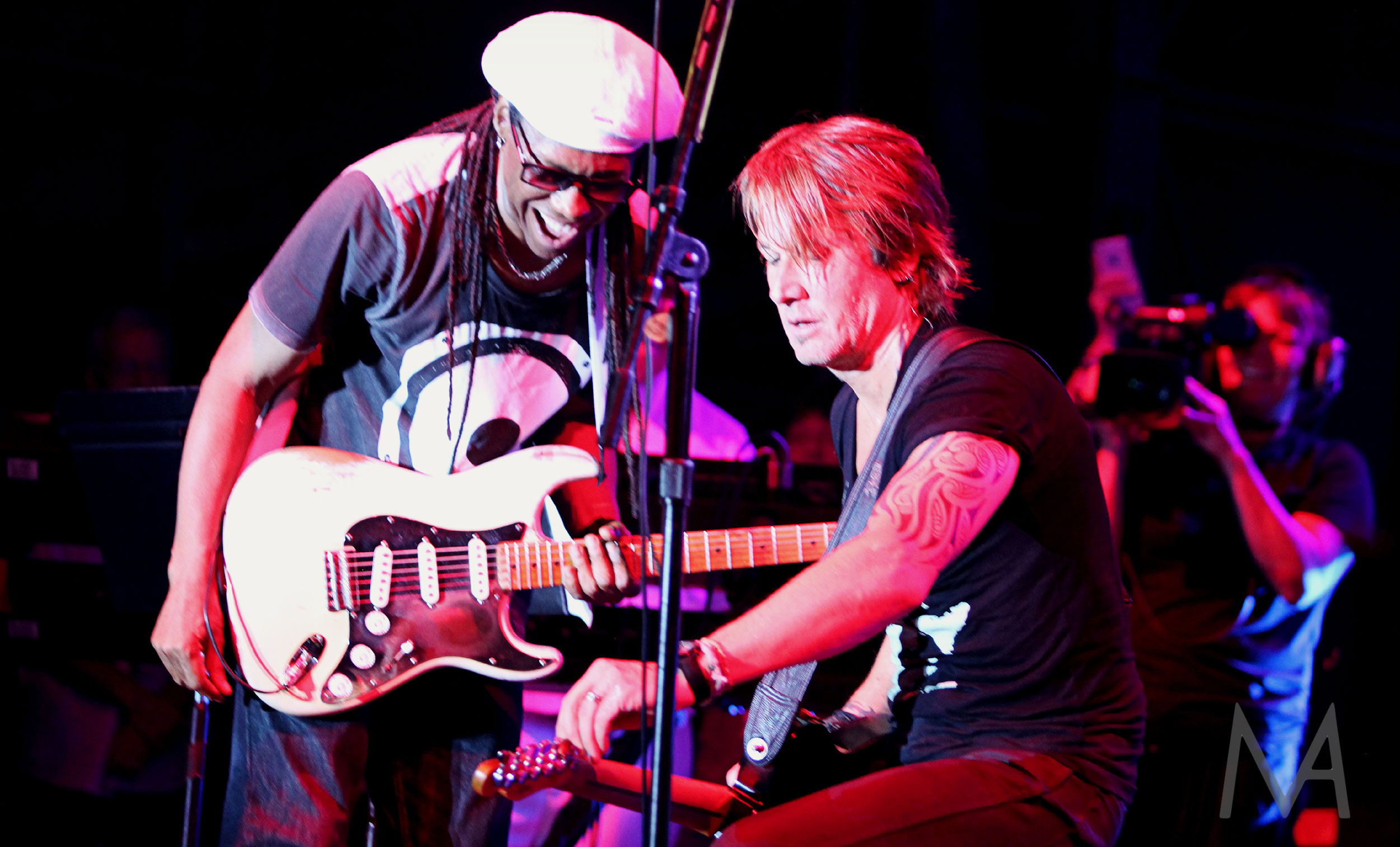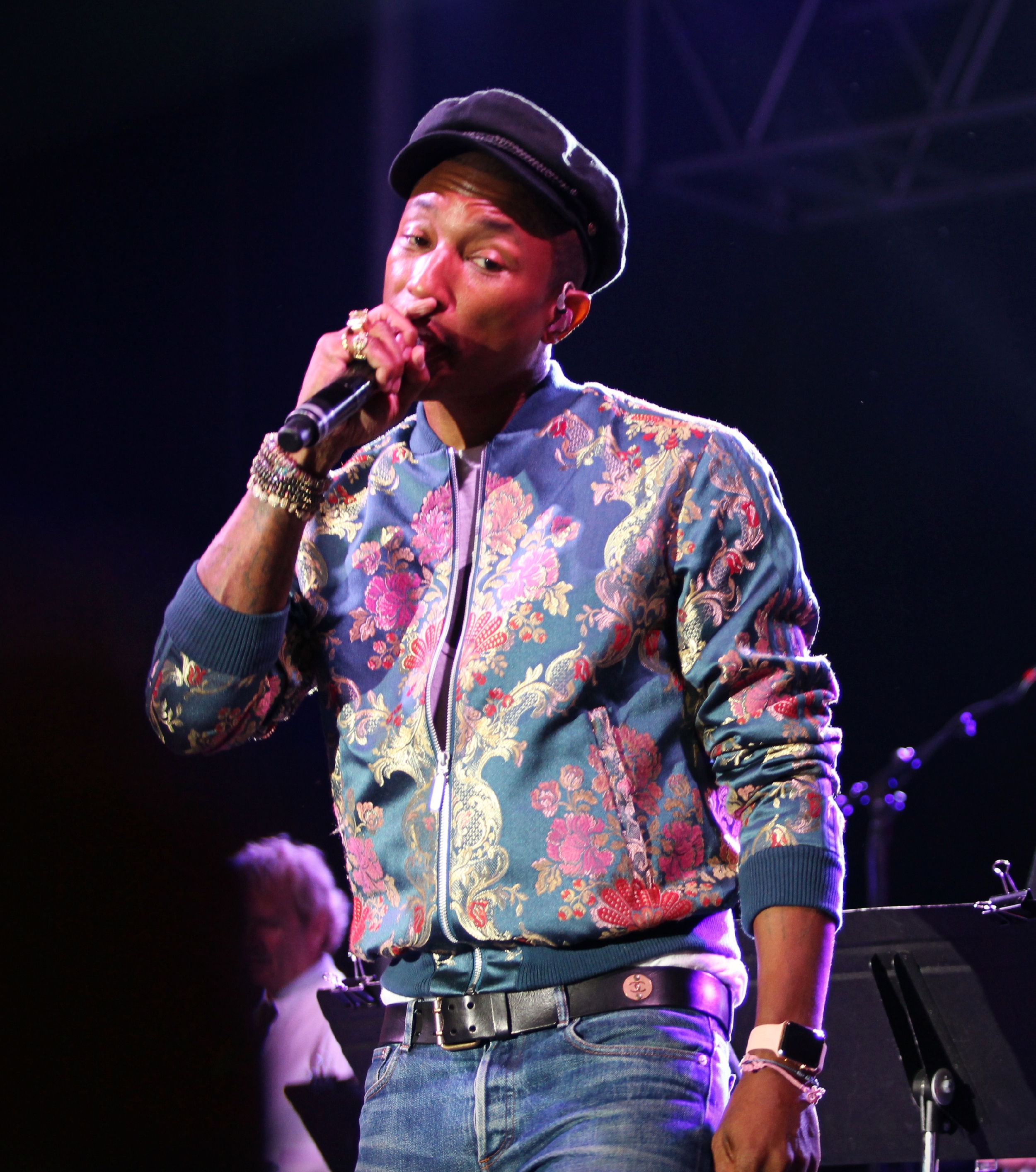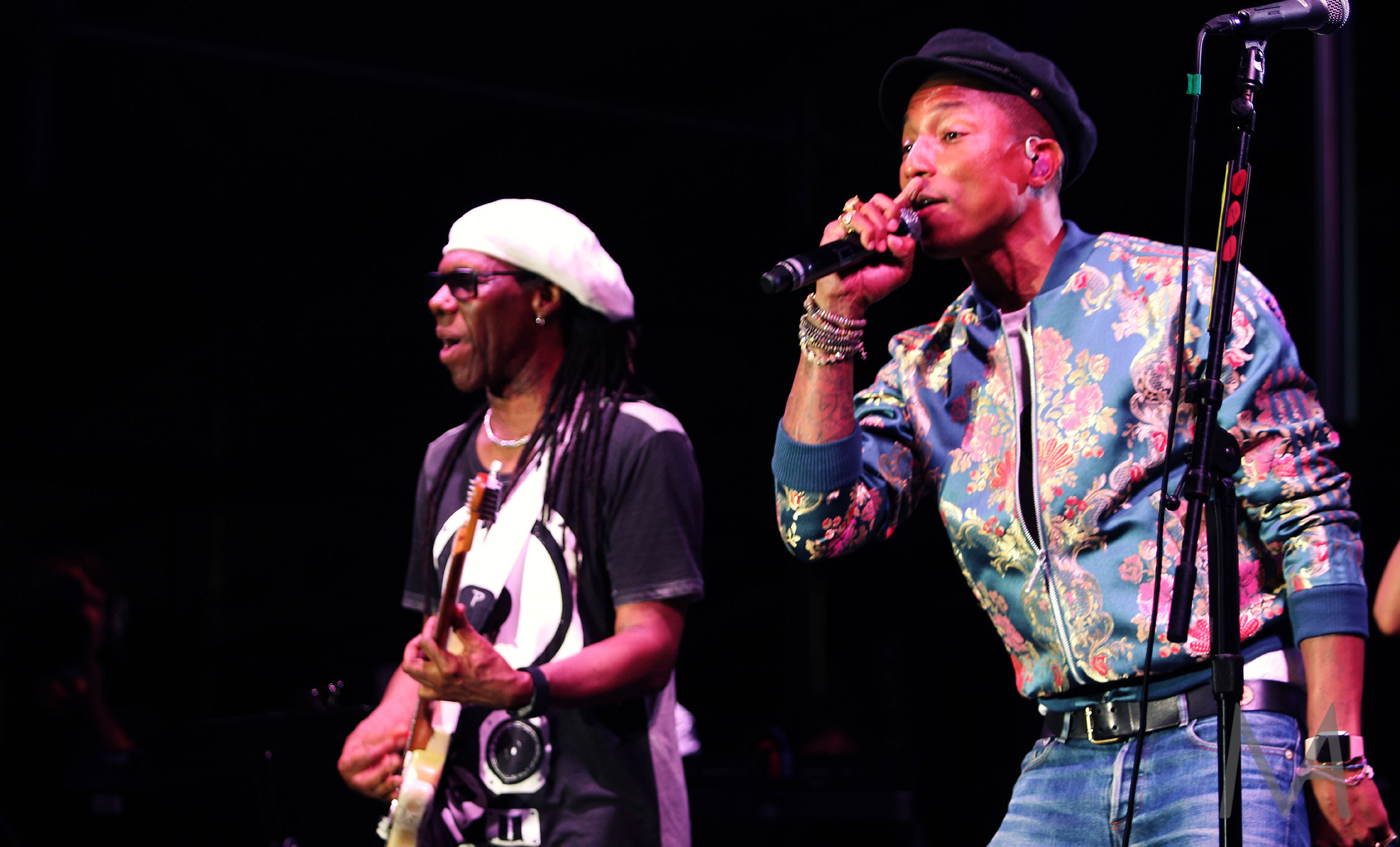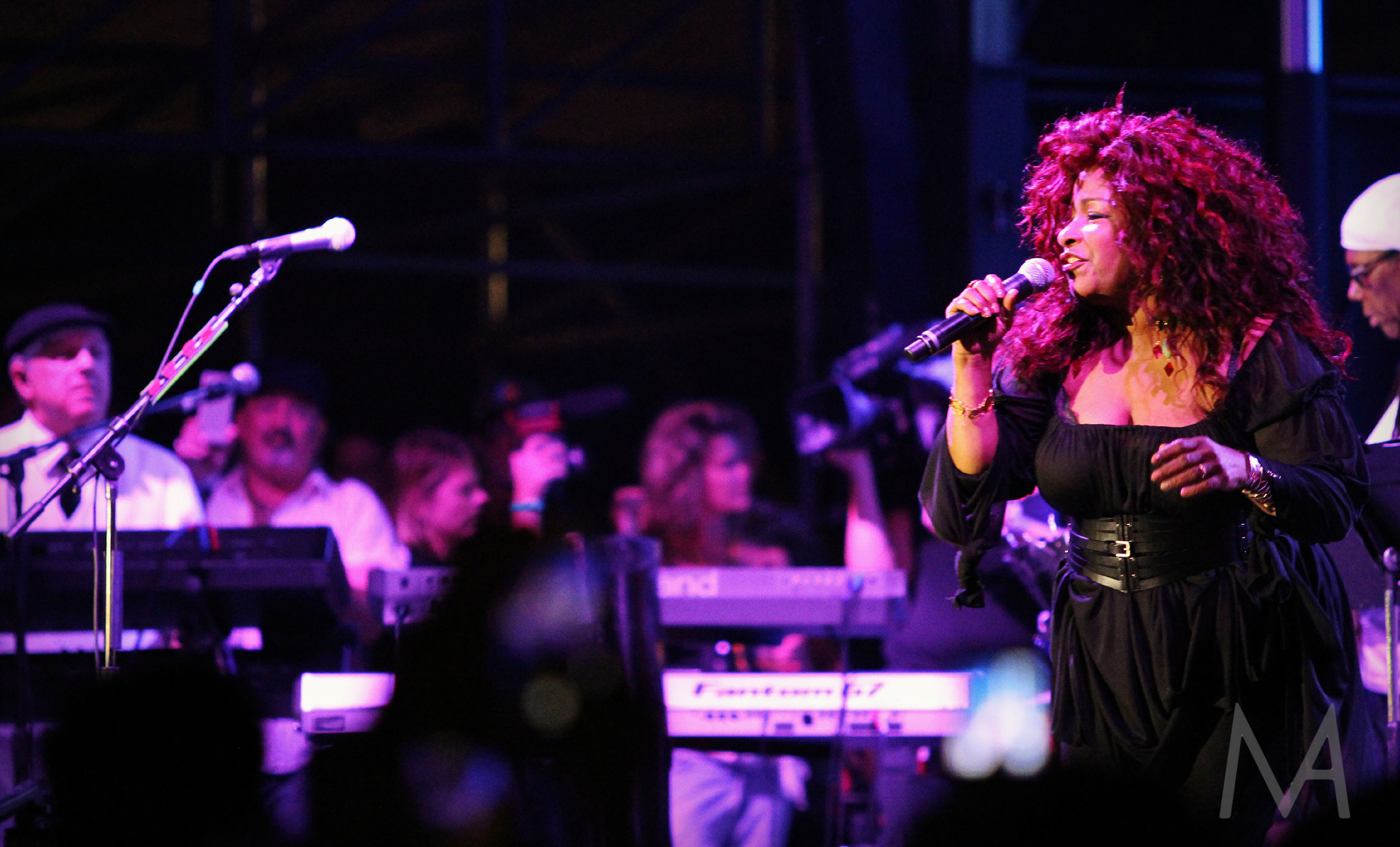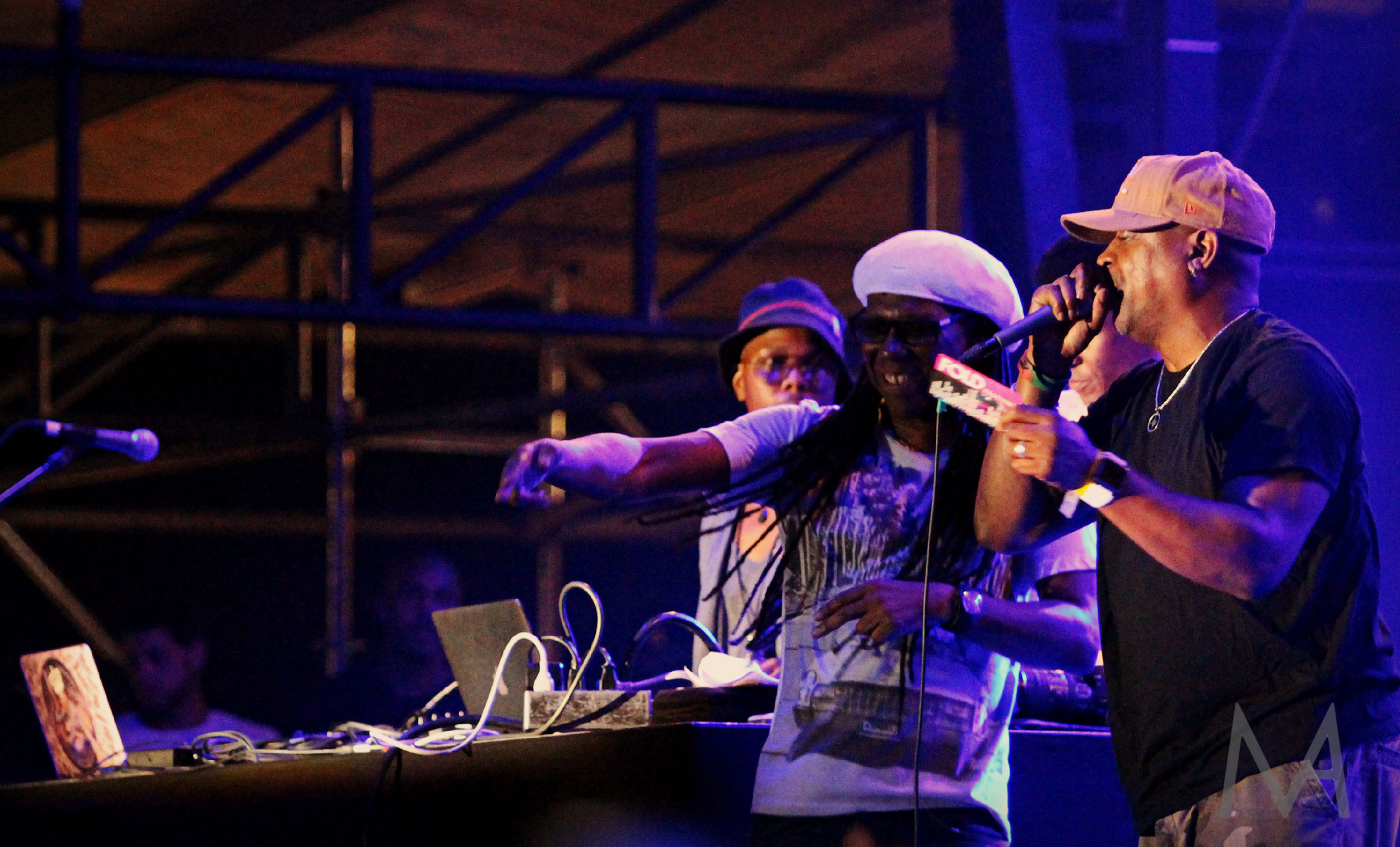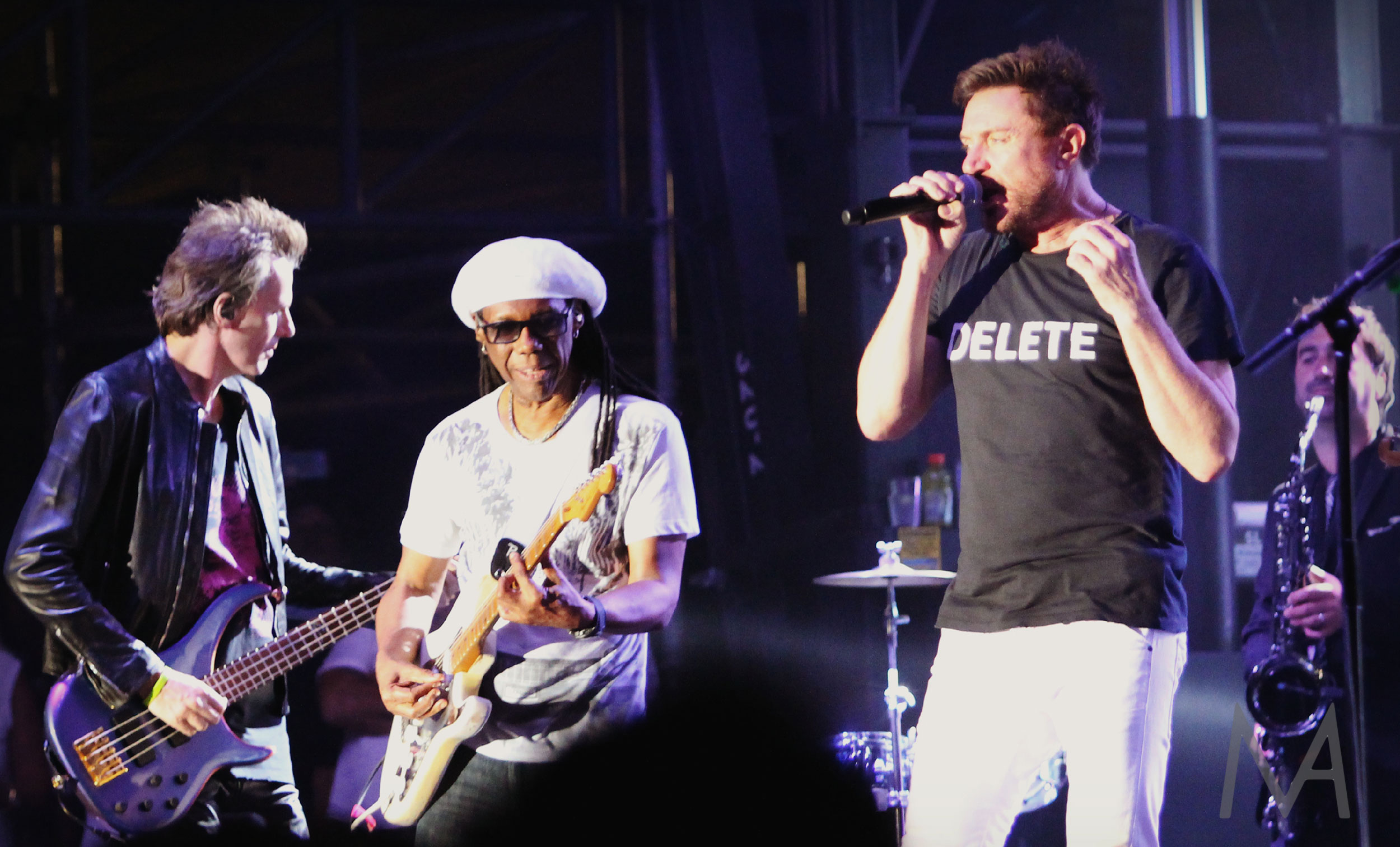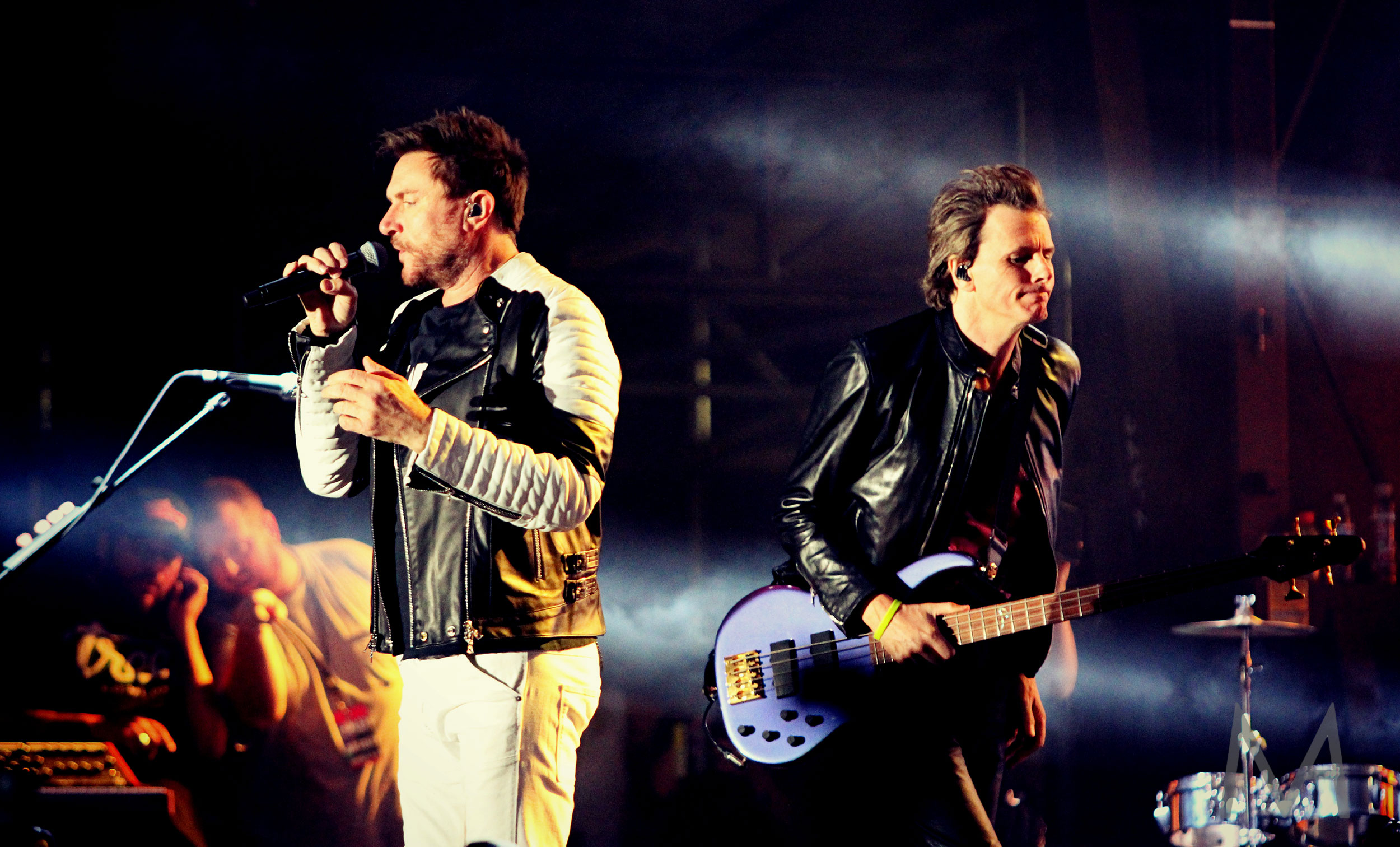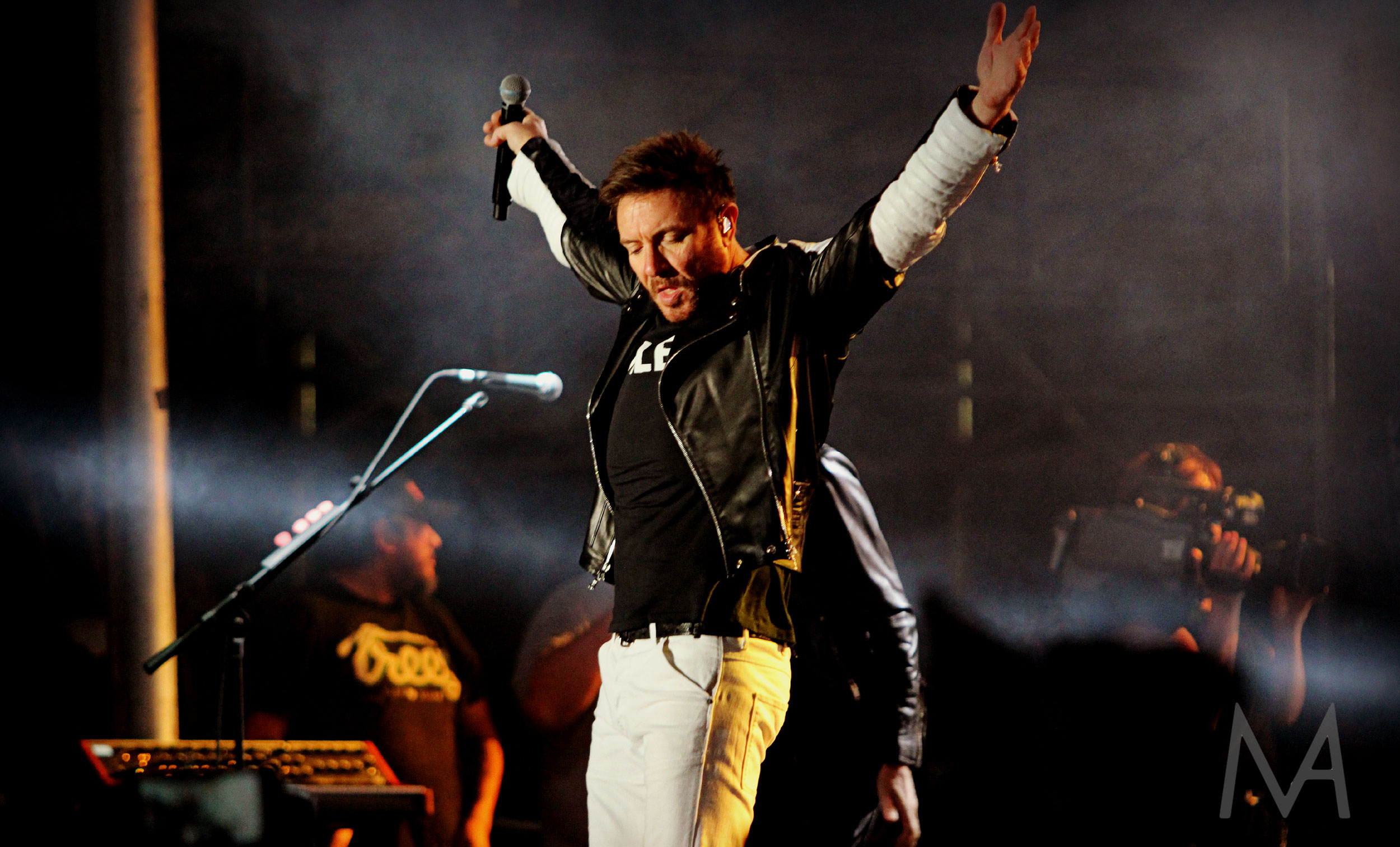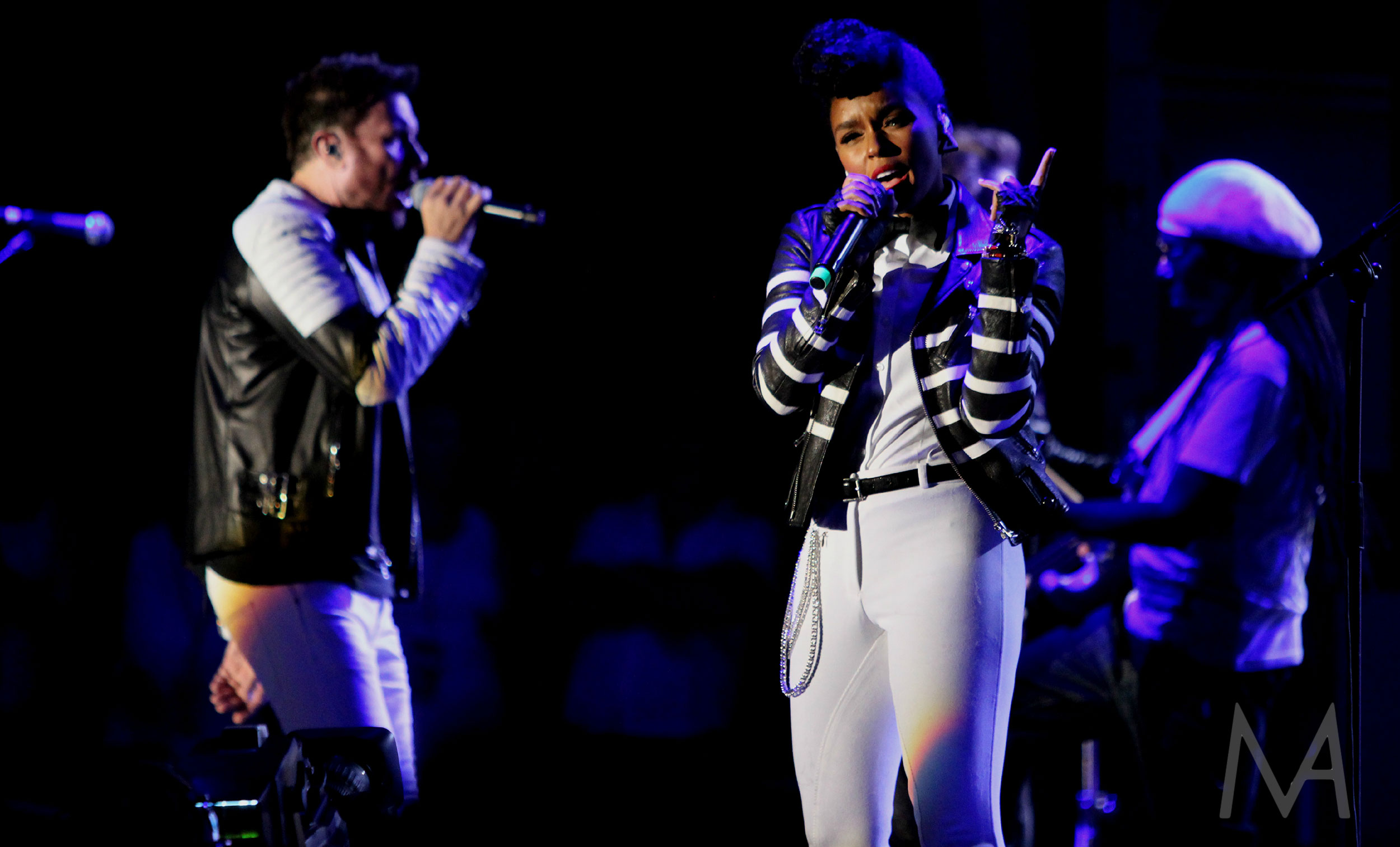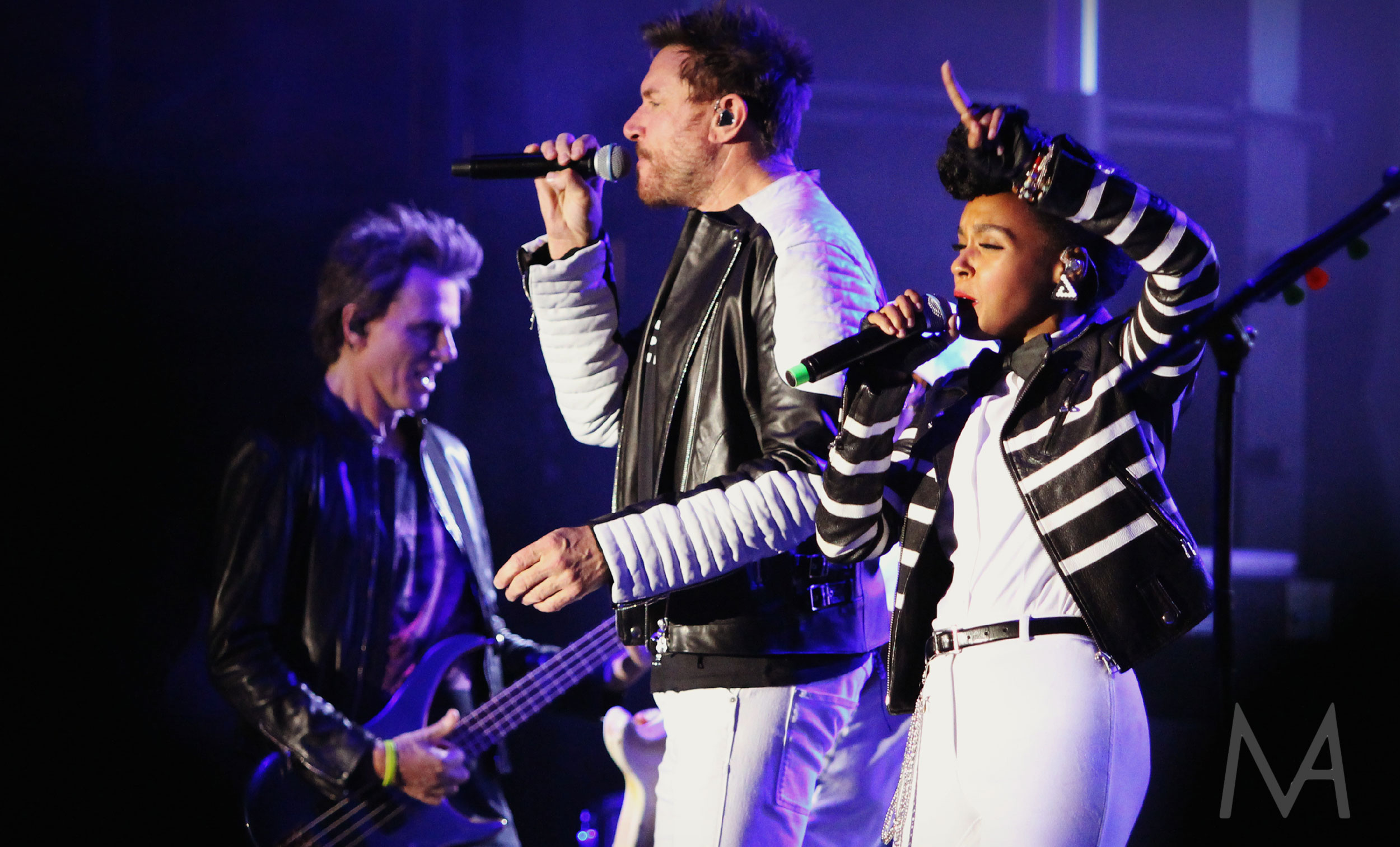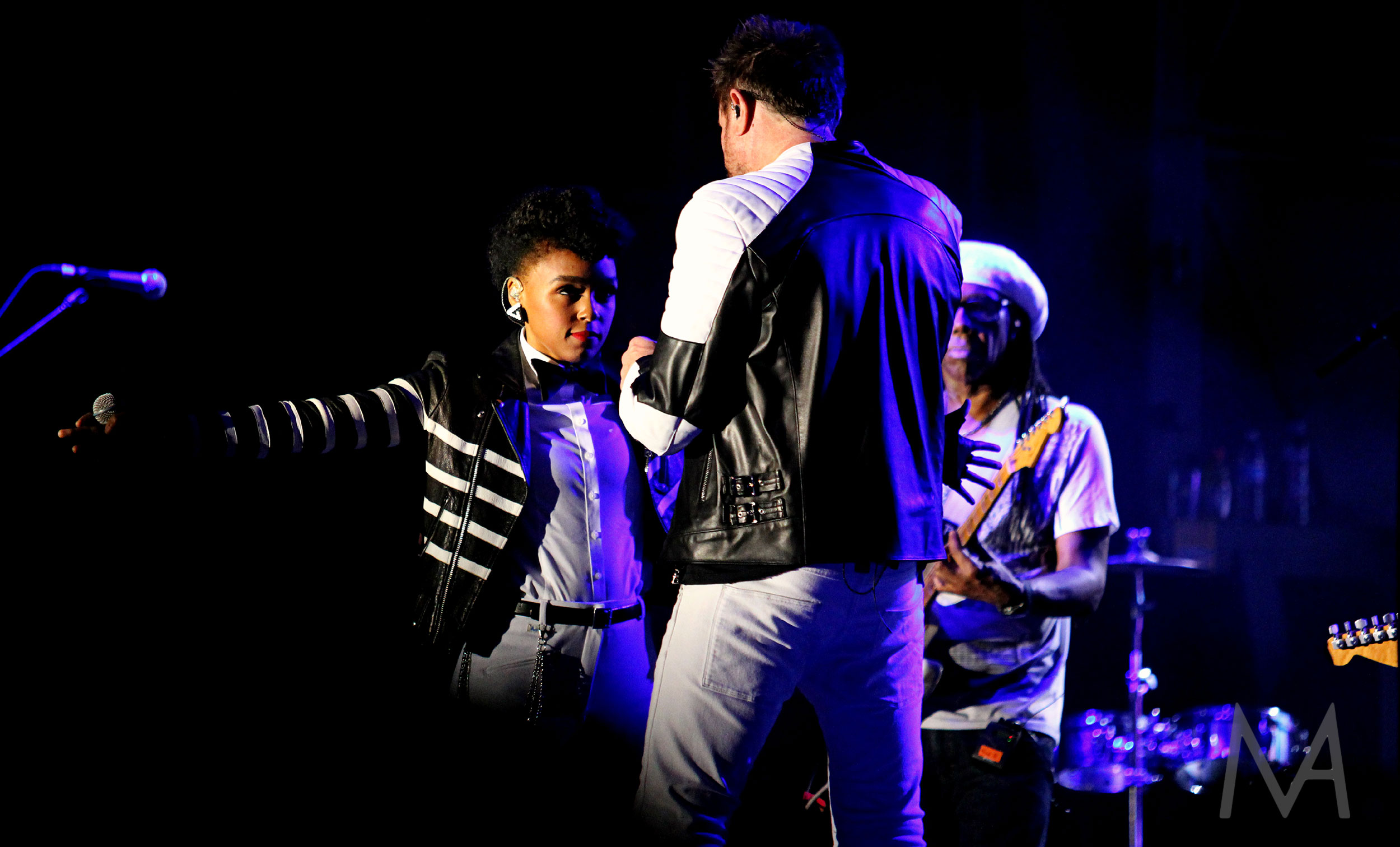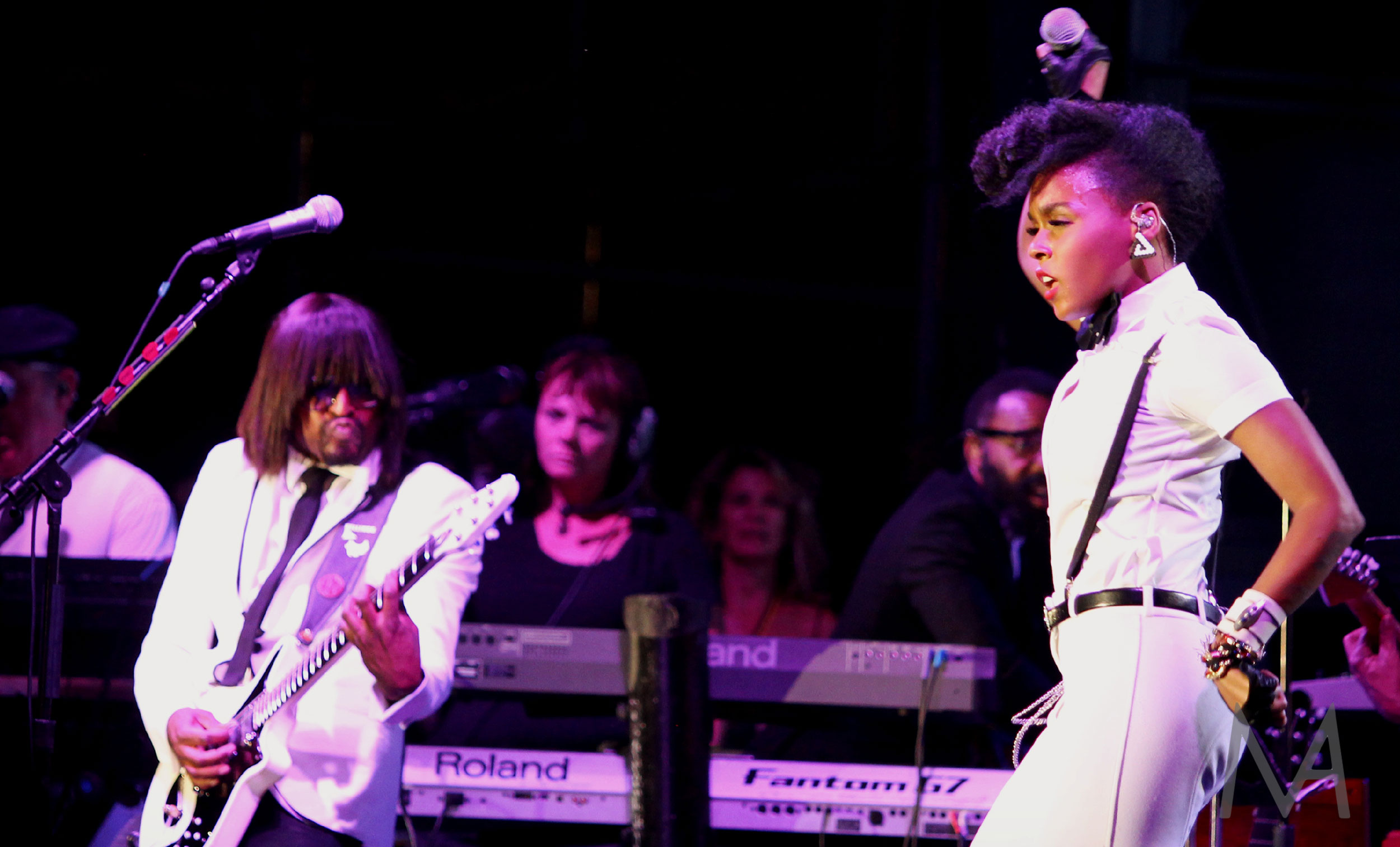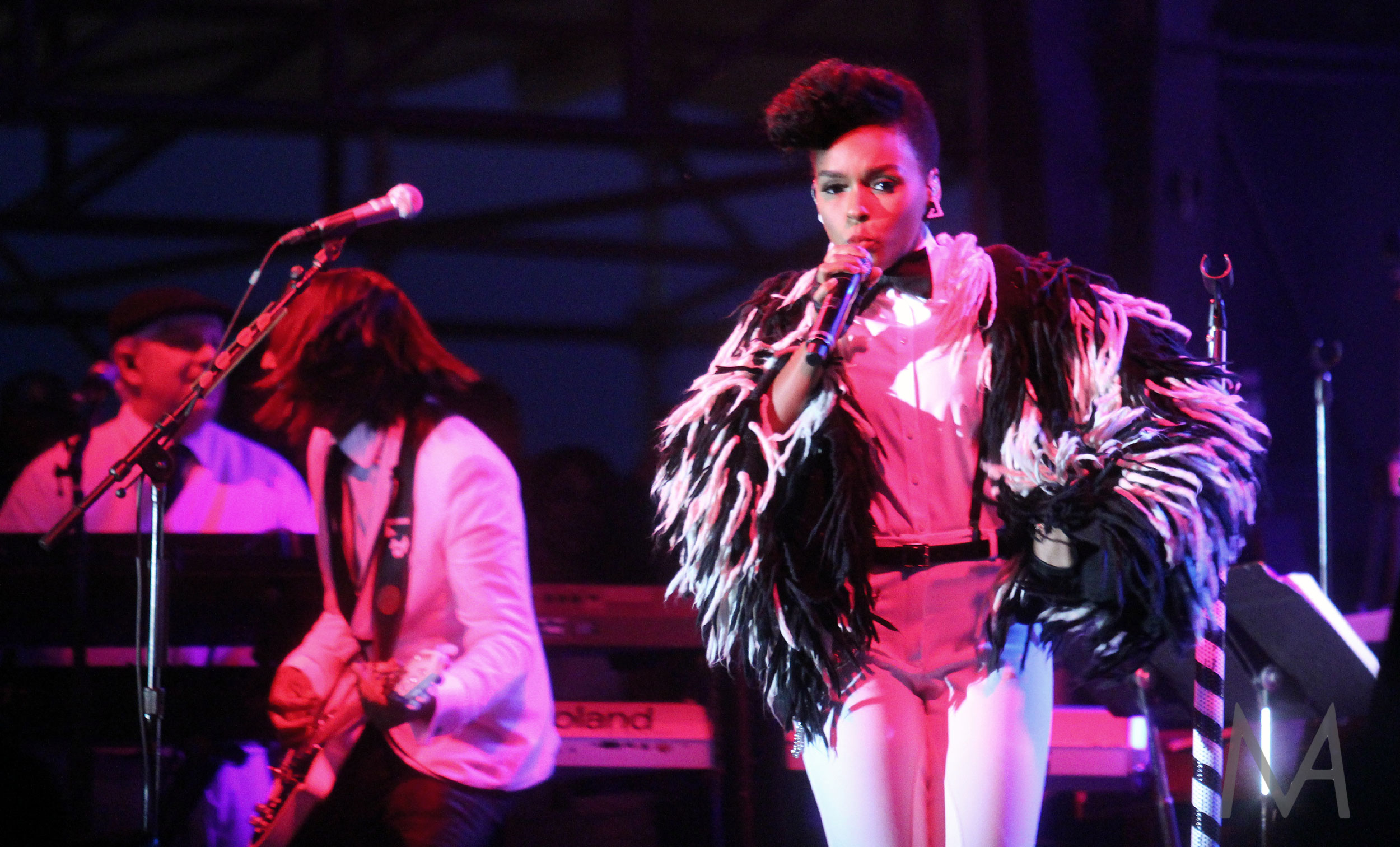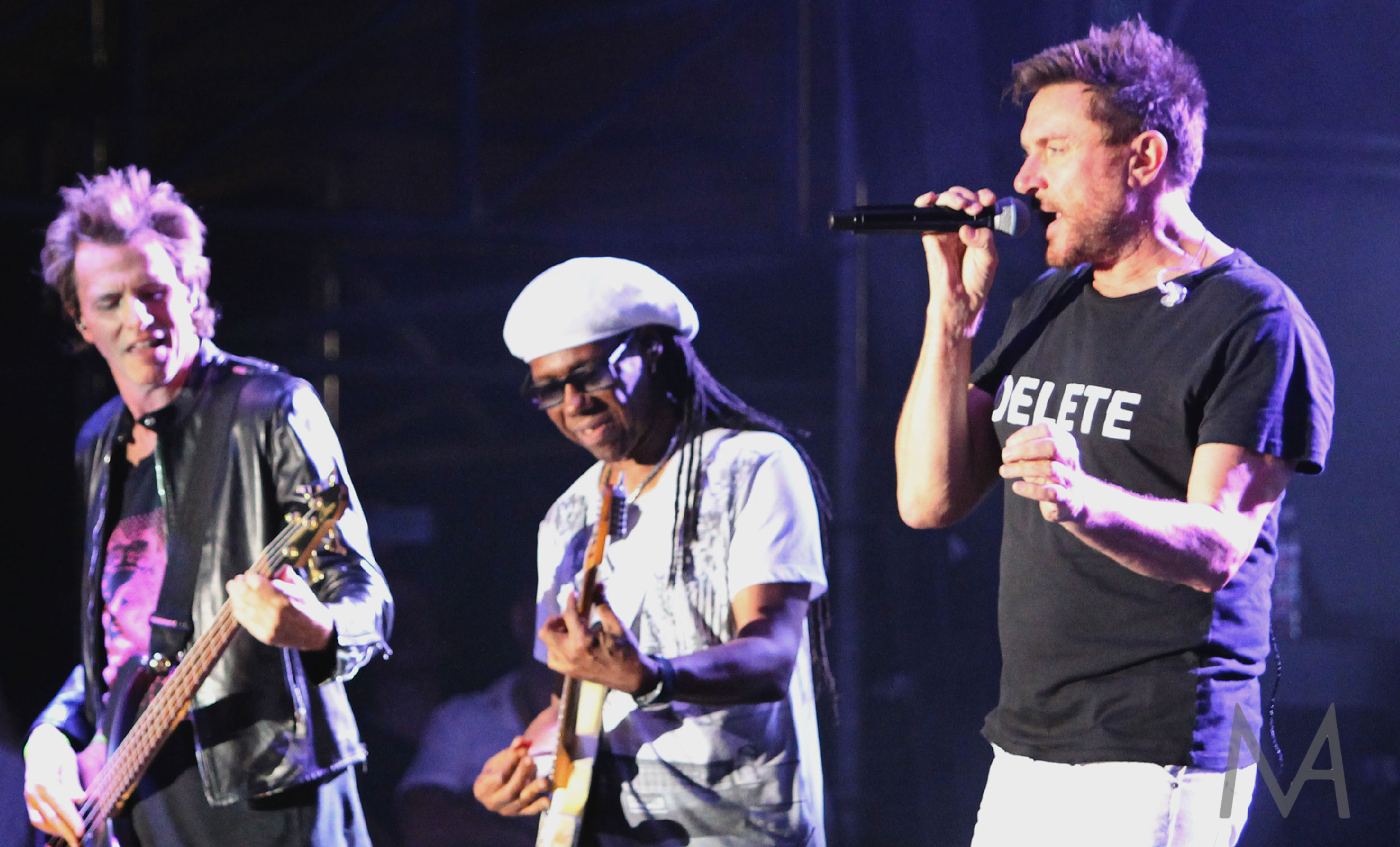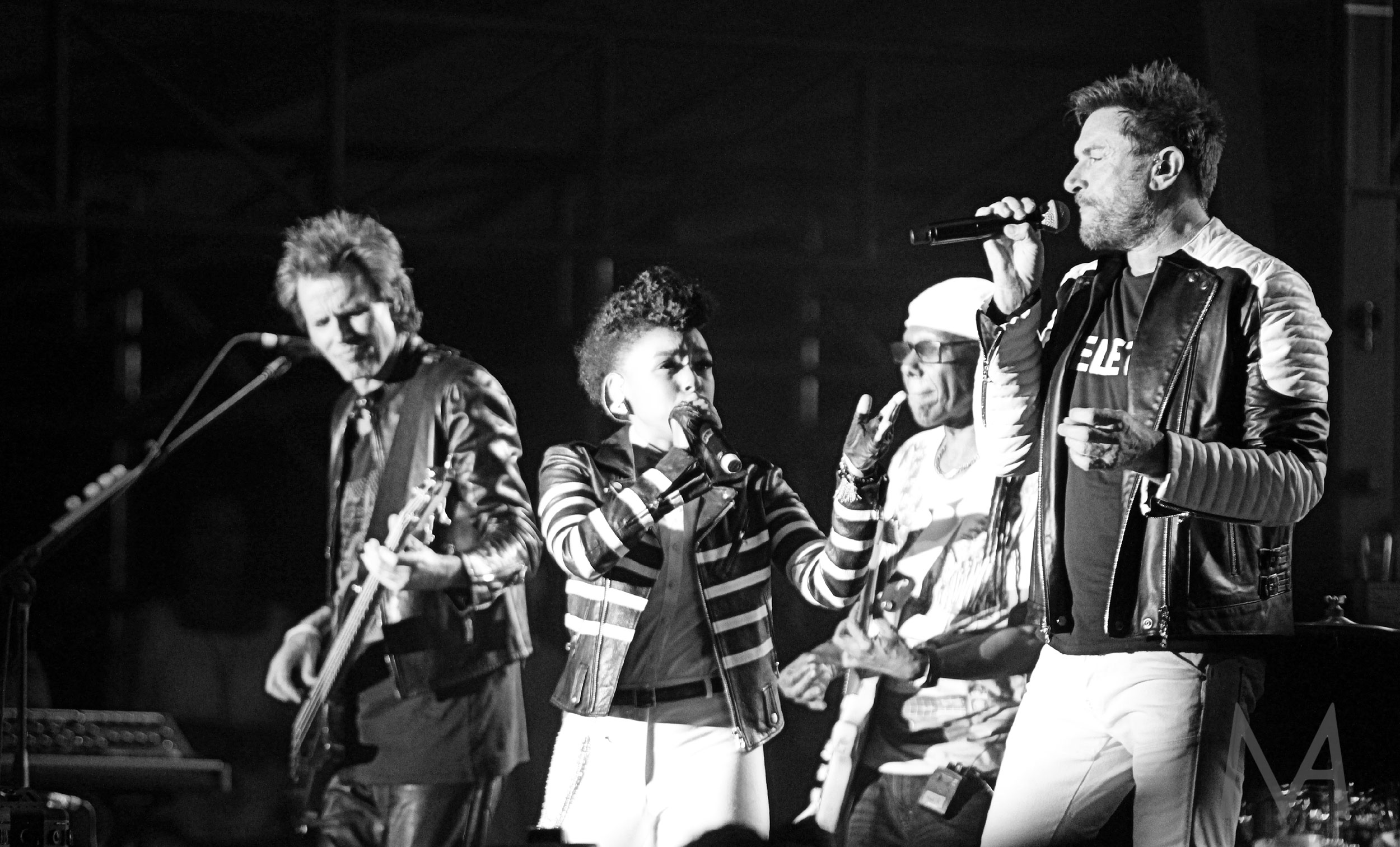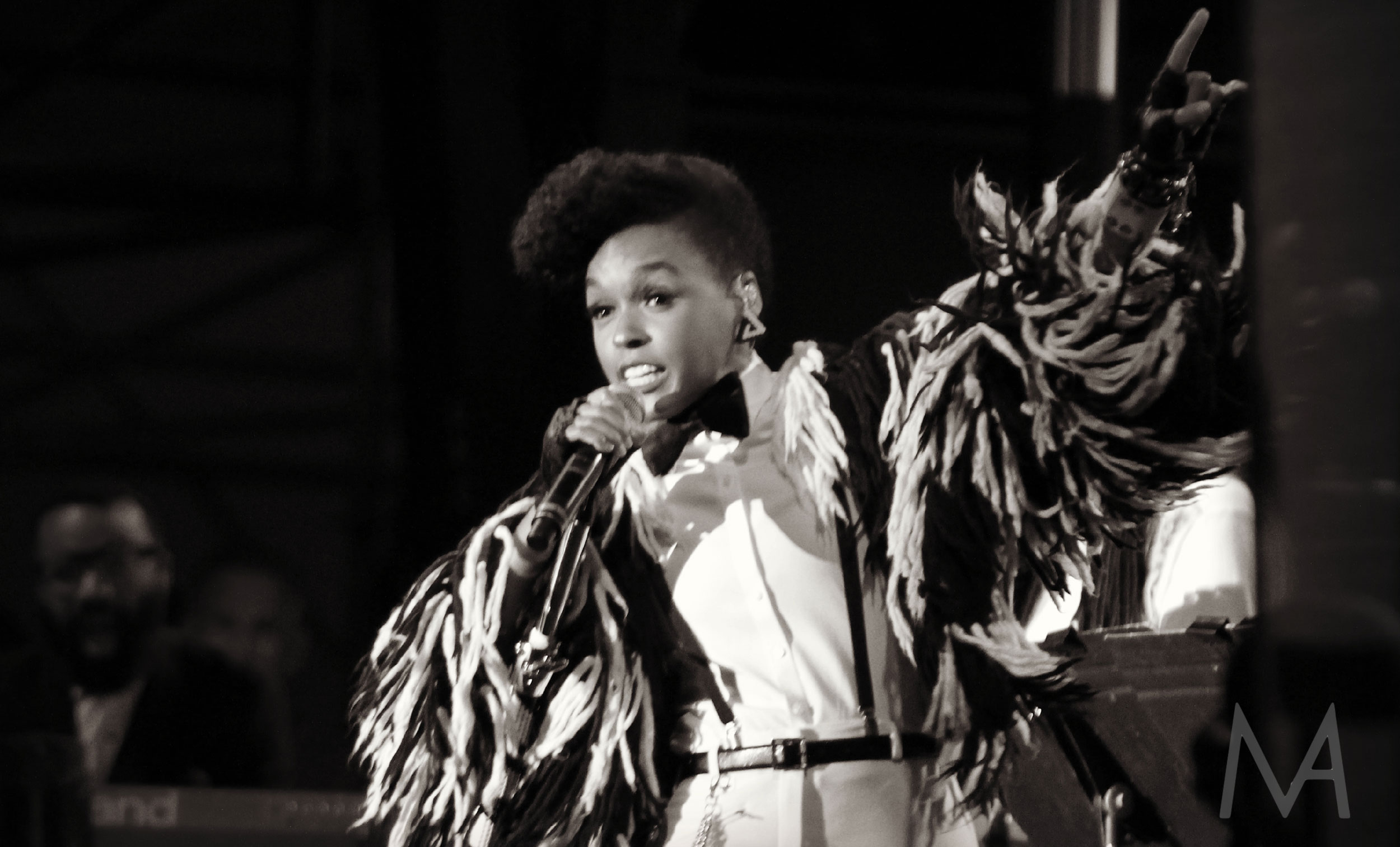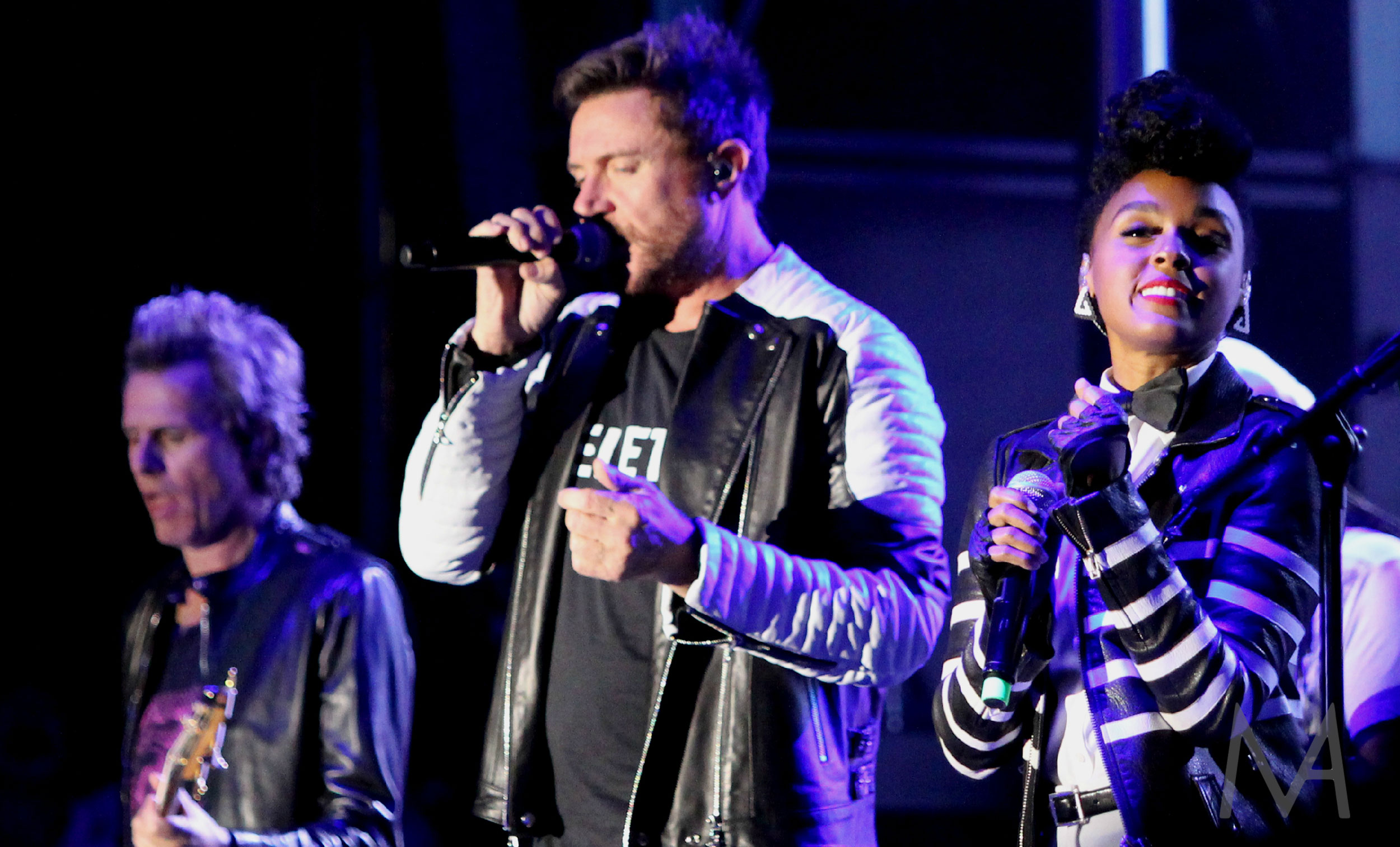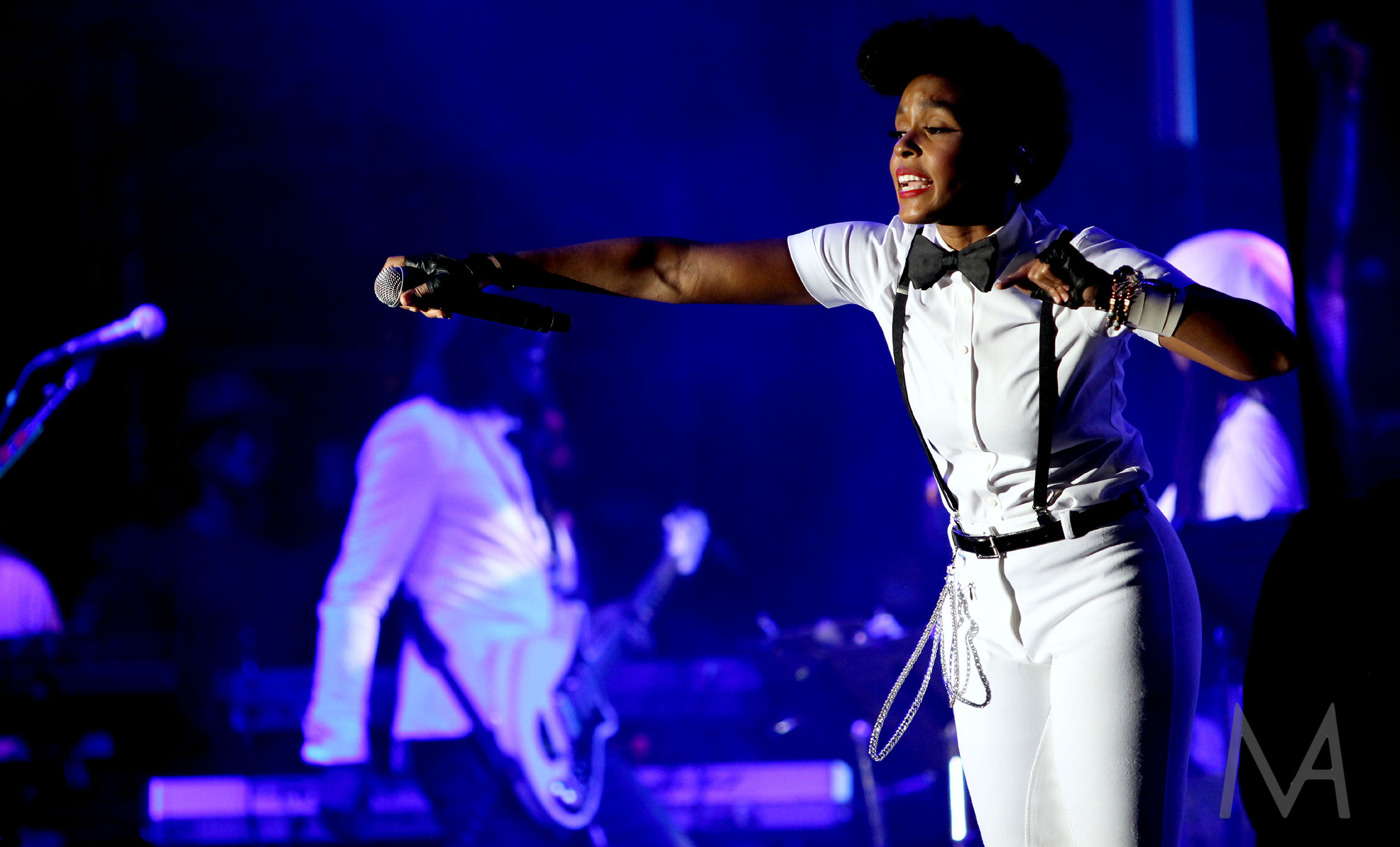Music has immense value, from enjoying the song, melody and instruments used, to the artists, performances and remixes there is a much larger scope in terms of what it means to the social fiber and how in many ways it serves as a mirror of who we are, where we want to be and how we are held accountable. It creates a series of feelings and memories that are enlightened and intertwined.
We had the pleasure of talking with the President and CEO of the Rock & Roll Hall of Fame, Greg Harris. In addition to their noted Rock & Roll Hall Of Fame Induction Ceremony which honors a class of musicians across rock & roll, they are known for the museum which is headquartered in Cleveland, Ohio.
We wanted to know more about the museum, how they connect with music enthusiasts around the world and how artists can become eligible for the honor. Greg also shares how he came to this role and how he continues to drive the importance of impact in music.
ATHLEISURE MAG: Before we delve into your work and role at the Rock & Roll Hall of Fame, I’d love to know about your background because I know you were the owner, partner and operator of the Philadelphia Record Exchange. When did you fall in love with music and what was your focus behind opening this retail store?
GREG HARRIS: You know, I grew up, per your readers loving both sports and music! I was fortunate to be raised to play various sports depending on the season with two brothers. On the music side, it just always spoke to me. We always had music in the house and in Philadelphia, the area where I grew up, new music and old music mixed together. So oldies and FM radio were all the same. I got involved a little bit with one of the local public radio stations when I was in high school. Then we had a club near us called City Gardens and it had every live band and we went there as soon as we were old enough to get in! We were there all the time! Then, I went to college in Philadelphia, I went to Temple University and one of my off-campus jobs to help pay for school was the record department of a used bookstore. That’s where the idea came from that the other clerk and I were friends and we realized that the store owner was making a lot more money than we were as the hourly employees!
So we quit and rented out a storefront about a half a block away and we opened our own store. That business has been a great success! I was involved for a couple of years and sold my half to some other people, but my original partner still has it. The Philadelphia Record Exchange has been around for 30 years and it’s an iconic place in the city. Every musician knows it, everybody that is into music when they are in Philly, they find their way to the store and that includes current artists like Kurt Vile and other folks back in the day, like Ahmir Khalib Thompson – Questlove.
I think an important thing to note in terms of looking at my career is that I found out pretty early on that I couldn’t play very well. I could play some guitar, but I was never that great. But I was always better at helping other people market and grow. So the store became that place. We would put concerts on, we’d shut the streets down and do block parties and promotions with artists and other musicians. We just loved helping them succeed and helping our customers find excitement and joy.
AM: It’s so funny, I grew up my dad was a huge record collector and he would slap my hands every time I would try to go to the stereo to play with the records and at my campus at Indiana University, we had 3 record shops near my campus, Tracks was my favorite one. There is something about a record, I love them and when you hear the sound that comes out and the needle hitting the vinyl – it’s an experience. When I read that about you, I thought that’s really cool!
GH: Those stores back then, that was kind of the social network. It's where you met like-minded people that loved the same music or liked similar music. It’s where you learned! You couldn’t Google everything so sometimes the customers taught you and you taught them!
AM: Especially if you were able to come up with crazy imports. I think there’s something about that social fiber when you don’t have that independent local record store. The guy that I would get my music from knew so many things about various artists and had stories to tell and I appreciated it. I don’t remember if they had block parties but it would have been amazing!
GH: I really want to celebrate my original partner, who still has it Jacy Webster and he has given such a gift to Philadelphia music lovers for the last 30+ years, it’s an amazing place!
AM: Another part of your background that’s interesting is I love your focus on curation. To know that you were at the National Baseball Hall of Fame and Museum at Cooperstown where you focused on curation was really interesting. Can you tell us about what your role was there, what you did, and why curation was so important?
GH: My first significant museum position was at the National Baseball Hall of Fame. I was originally hired to be there Broadcast Media Archivist. My job was to curate the broadcast collection and that was recordings of All-Star games, World Series games, home movies, radio pieces – all the things where that exciting history of baseball is. In museums, they have to take their collections and tell stories with them. You want to tell the stories where you have impact to your visitors and to make those connections and that’s what we did in Cooperstown. You know, it’s an amazing museum. I started in that area, I was fortunate to be able to curate some exhibits and much like the record store, I got involved in business development and fundraising and things like sponsorship and inductee relations. It really helped to grow the business and as I advanced from the collections side of the house, I got more involved in business development and the growth of the enterprise. I spent 14 terrific years there and it was really hard to leave. It’s a wonderful museum. Anyone that has ever played catch in the backyard or Little League, should go to Cooperstown to experience it.
AM: What do you think is the connective tissue between baseball and music and how were you able to move onto the Rock & Roll Hall of Fame where you’re the President and CEO currently?
GH: They’re 2 great places and they’re both so much part of our culture. People have a deep love for both subjects. They make these pilgrimages to Cooperstown or the Rock and Roll Hall of Fame. These music and sports evolve and they are the history of our culture – all the good and all the bad comes through and you can tell these stories. On some fronts, you can talk about exclusion and people not being included and you can tell about opportunity opening up. Sometimes it opens up in sport before it opens up to the wider society. These are really important pieces for all of us to learn from to think about and to grow from. Then on the other part from the business side, these museums operate in a very similar way. They each get hundreds of thousands of visitors a year.
We have inductees that are the best of the best individuals, we have broadcast properties, we have important digital engagement with our visitors, we have retail operations and we are places that kind of mean a lot to a lot of people. So they’re very similar from a business sense and it’s just the subject that’s a little bit different. But they are magical places where people learn about their history, themselves and it helps them to better understand the present.
AM: Well can you tell us about the history of the Rock & Roll Hall of Fame in terms of who founded it and what it’s mission is? I know a lot of people think about it in terms of the amazing induction ceremony, but there are a lot of things that it does.
GH: The Rock & Roll Hall of Fame started close to 40 years ago by a group of music industry professionals – the head of Atlantic Records, Ahmet Ertegun and the head of Rolling Stone Magazine, Jann Wenner and others. They conceived it as a special evening celebration for their industries’ best of the best. After doing that for a short period of time, the idea came up to want to build a museum. A bunch of cities looked at it New York, San Francisco, my hometown of Philadelphia – all made a play for it, but Cleveland really stepped up. Cleveland had a great story about rock & roll being important to the city and being an important place for artists who broke in – including David Bowie’s whose first shows in the US were in Cleveland, Jimi Hendrix when he came back from England – his first shows were there, Rush’s first shows were there. Also a DJ named Alan Freed was playing music in the early 50’s and inspiring young people – so they had this great story! But, they showed up and had a business plan. They said this is how we’re going to build it and how we’re going to fund it and this is what it is going to mean to the region. Long and short, 27 years ago we opened up in this I.M. Pei building on the shores of Lake Eerie in Ohio. Since opening our doors, over 13 million people have visited the museum and we’re at the height of our summer season now. We'll get thousands of people through everyday all summer long. Every one of those people who comes through the front door has a lifetime of memory connected to the subjects inside our museum. When they see it, they hear it or hear it through a band that plays on our stage, it inspires them and makes them think of the people they were with and the places that they were at, the greatest week of college, the time their heart was broken, the greatest road trip that they took and they might even hear a song that reminds them of their mom, dad or siblings.
AM: So when you say rock & roll, what genres comprise this very broad title?
GH: It’s a big title and quite frankly, our definition is a very big tent. Rock & roll is more about attitude and spirit then it is about a specific sound. We embrace in the 50’s Doo-Wop, Street Corner Harmony and RockabIlly; in the 60’s there’s Psychedelic, Soul music, Folk music; in the 70’s there’s Heavy Metal, Hip-Hop, Dance Music, Disco, Punk Rock – it’s all under the umbrella of rock & roll. Synth Pop and Industrial – we embrace it all! So for us, it’s all about attitude and spirit! There’s an attitude about Johnny Cash that he had to the music industry and when Ice Cube was inducted, a couple of years ago, In his induction speech, he said, “rock & roll is a spirit, rock & roll is an attitude.” You can find his full quote online. (Editor’s Note: When Ice Cube was inducted, he talked about whether a rap group was considered to be rock & roll. He said, “Now the question is, are we rock & roll? And I say you goddam right we rock & roll. Rock & roll is not an instrument, rock & roll is not even a style of music. Rock & roll is a spirit. It’s a spirit. It’s been going since the blues, jazz, bebop, soul R&B, rock & roll, heavy metal, punk rock and yes, hip-hop. And what connects us all is that spirit. That’s what connects us all, that spirit. Rock & roll is not conforming to the people who came before you, but creating your own path in music and in life. That is rock & roll, and that is us. So rock & roll is not conforming. Rock & roll is outside the box. And rock & roll is N.W.A. I want to thank everybody who helped induct us into the Rock & Roll Hall of Fame and I just want to tell the world – Damn, that shit was dope.”) That is what we embrace. It’s the voice of change, it’s always been the sound of young America and it continues to evolve and as a museum, we continue to evolve with it.
AM: So as music continues to evolve, you will always look for new forms and elements to add to what rock & roll is.
GH: We will and that’s kind of the wave right now. That’s why we have been inducting great Hip-Hop artists right alongside great Heavy Metal artists. In the last induction, it was LL Cool J, and it was Carole King, it was the Foo Fighters, Jay-Z and Tina Turner that were all inducted! To us, it’s a broad tent and everybody’s welcome!
AM: What are your 3 favorite rock genres that you love listening to?
GH: I look for stuff that’s a little harsher, a little stronger. I love old Blues, I love 60’s Soul like Memphis and I love Punk Rock! I like for it to have a little punch and a little attitude.
AM: I can see that!
GH: Yeah, that’s what I prefer.
AM: What is your day-to-day like in your role and what are the key projects that you’re focused on?
GH: My day-to-day role is 1 – to make sure that we have the greatest museum in the world, that every single visitor that comes through our doors leaves being transformed and impacted and that we have a great team that makes that happen. It’s about keeping our staff inspired and changing. We don’t believe in maintenance mode, we always want to be growing and reaching. To that end, we're working on an amazing expansion project at the museum. We’ll be breaking ground later on this year. We will be increasing the museum by about 50,000 sqft. It’s a great project and we’re very excited to be doing it. For that project, one of my biggest responsibilities is to work with a team and to raise the funds to be able to do that. We talked about how there have been 13 million visitors that have been through the museum for the past 27 years. We need to build something for the next 13 million visitors!
AM: What can guests expect when they do come to visit and then for those that aren't available to come in person, is there an online version where people can connect that way?
GH: Yeah, so I’ll back up a little bit to your question of what do we do. So, we have this great museum and then in addition to this great museum, we have this great digital outreach. So anybody in the world can connect with us and they can experience the Hall of Fame, but also if there are teachers out there, we have ready teaching materials that they can use for free. Pre COVID, we averaged 50 teachers a day using it, during COVID it was about 500 to 1,000 a day and we have reached over 1 million students last year with our online education programs. We would love it if teachers would use it and help spread the word! We’re not teaching kids how to play instruments or to write songs, we’re teaching them math, science, social justice all through the lens of rock & roll.
AM: That’s really cool! It’s a large job!
GH: Oh yeah. We have a really great team and we’re cranking through!
When someone walks onsite at the museum, the experience starts when you’re in the building. You’re going to hear music blasting from speakers, it might be a live band on stage outdoors or it might just be coming out of our PA speakers. In the museum, you can see the whole history of rock & roll – from Blues, gospel and country through the Beatles, Stones, Supremes, James Brown, Motown and all of that. On our 2nd floor, you can play on instruments and jam with your friends. If bands visit us and they want to jam with visitors – they can do that. On our 3rd floor, you can walk through our Rock & Roll Hall of Fame and see the greats of music where they are immortalized forever in our Hall of Fame and experience our immersive theater that has an amazing show that was edited with the great Jonathan Demme and it’s really the greatest moments from the Rock & Roll Hall of Fame Inductions. So really, that’s some of the things you do and throughout it all, you’re reminded of times in your life that you listened to certain music, the greatest road trip, your Freshman year in college, who you hung out with and we bring all of those memories back and that’s the real power of our place.
AM: Going back to the expansion, what will that involve?
GH: We are keeping the whole I.M. Pei pyramid as is and that’s 128,000 sqft and we’re going to add another 50,000 sqft. You know the Pei Pyramid, the only other pyramid that he has done was at the Louvre which is truly the center of Europe’s great art as it’s the home of Mona Lisa. His only other pyramid is here in America at the Rock & Roll Hall of Fame and we’re the home of America’s great art rock and roll.
AM: That expansion is going to be huge as that’s 175,000 sqft!
GH: Pretty close give or take!
AM: That’s a lot of space.
GH: Well it’s a big subject!
AM: What are 3 of your favorite exhibits that are at the museum?
GH: I love the Garage Exhibit where visitors can come in and jam with each other it’s amazing.
We finished an exhibit that I liked a lot that I think is particularly interesting to your readers. That was an exhibit that we did about the greatest Halftime Show Performances in Super Bowl history. We had it at the museum when we hosted the NFL Draft in Cleveland. Then we worked with the NFL and we took it out to the Super Bowl in LA this year and we’re working with them again to take out to Phoenix for the next Super Bowl.
It shows performances and great moments by Prince when he did Purple Rain in the rain, Bruce Springsteen, The Rolling Stones, Stevie Wonder, Beyoncé – it’s just these iconic moments in American cultural history that happened at the Super Bowl Halftime performance it’s just a really great exhibit.
We have an exhibit which really is the legends of rock and each band has a focus area. That focus area could be David Bowie, Elton John, Michael Jackson – they all have an area that highlights their career. And that’s an exciting area to walk through and to be reminded of these individuals and their wider impact on our culture.
AM: What’s the process for acquiring items for the museum?
GH: We work directly with the inductees and pretty much everything we have at the museum has been donated by an inductee, a family member or the artist directly. We make sure to partner with them. They donate to us and occasionally it’s a loaned item if they still need it! We’ve had artifacts that are on exhibit that an artist needs back because they're touring so a guitar goes out to them and a label says, “currently on tour.”
AM: For those that are in town, how many live shows do you have a year?
GH: We have live music probably about 100 shows a year at the museum. This summer, every Thurs and Fri, we’ll have live music and some of the bands that are still coming this summer – Guided By Voices, Adrian Belew is playing and people can go to RockHall.com to check out what we have going on. There’s all different genres and one of the things that’s important to us is that we just don’t put up a party band that plays cover songs. We want original artists playing original music and we want to mix it up between the different genres whether it’s bands that are heavy metal, classic rock sounding or if they’re Hip-Hop. We love having all of them at the museum and they will be playing outdoors on our plaza.
AM: Like many, I am a fan of music. My great uncle was Joe Henderson a tenor saxophonist, I love various genres of music and here at Athleisure Mag as well as outside projects I have styled a number of known artists or have interviewed them. I know that our readers would love to know more about what goes into the induction of artists for the Rock & Roll Hall of Fame. What are the eligibility requirements?
GH: Artists have had to have made a record 25 years ago to make them eligible for consideration. And then, it’s really impact and influence. You look at did they take the art form in a new direction, did they push the envelope and that’s what they’re recognized for more than chart placement and sales. The process is, there is a ballot made for all those that were nominated. It then goes out to our voters and the largest voting body is all the other inductees. This year, Jay-Z is going to get a ballot, Bono gets a ballot, Smokey Robinson gets a ballot, Madonna gets a ballot, Bruce Springsteen and members of the Red Hot Chili Peppers – they all get ballots. So they vote and the top 5 vote getters are elected to the Rock & Roll Hall of Fame.
AM: I like that the public is also allowed to join in the fun – why was this an element that has been added to the process?
GH: So the fan vote is interesting. During the year, we let fans in the museum voice who should be nominated. It’s always fun to hear that and to understand that. Then when the voting is underway with all of the inductees, we also do a public fan vote and part of it is engagement so that they can engage with us online and let us know who their favorites are. Then we take all the fan votes online and we aggregate them and they count as a composite ballot into the bigger vote. So what it is important for is to see who people are interested in and to understand what they are thinking about. Because the induction into the Hall of Fame is not a popularity contest, those that are in the industry and have made their living off of rock & roll, their votes are really what counts the most because they can judge the merits of their peers. If that wasn’t the case, whoever has the most social media followers would be elected and that doesn’t necessarily mean they they are the most impactful, it just means that they have great music and great followers. We need that impact.
AM: When the nominees are announced, I am sure there are a number of logistics to figure out from who will accept an award for the artist/group if they have passed away and who will perform if there are other artists that will do a tribute versus those that opt to play themselves. Can you tell us more about that?
GH: The show producers are amazing! It’s our Foundation President, Joel Peresman and our Foundation Chairman, John Sykes and they do an amazing job working to create a show that is dynamic and exciting and also appropriate for the Rock & Roll Hall of Fame. They have done a super job working with the show, the production design team and sometimes at its greatest when it’s an artist from yesterday that is being honored by an artists of today and when they perform together – when you have Stevie Wonder inducting Bill Withers and then they sing together and then John Legend comes out and performs with them – it’s amazing! When LL Cool J was inducted, LL was joined by Eminem and by JLo. Just an incredible combination. It’s a desire to allow some artists to pay tribute to those that have influenced them and it’s a chance for other artists to combine that they have meant a lot to. So it’s kind of a neat looking back and looking forward and making something that is even better for that moment in time at that event.
AM: As we’re based in NY, it’s always fun when the ceremony is in our backyard, but for the upcoming 2022 induction ceremony, it will be in LA this fall. Why is it being held there and what is behind the decision of the city that you opt to do it in?
GH: Well there are rock & roll fans everywhere and let’s face it, NY is a big center for music and LA is the home of much of the industry. So those 2 cities make a ton of sense and we also do it in Cleveland which is the home of the museum and the Rock & Roll Hall of Fame. We’re working on a sequence where it goes on between those cities and we’re really excited and honored that Cleveland is in that cadence and we’re looking at how that pans out in future years. We’re really excited and thrilled to be going to LA as it hasn’t been there since 2013!
AM: Looking at this year’s inductees, I was excited about all the names but especially pleased to see that Pat Benatar, Duran Duran, Eminem, Lionel Richie and Dolly Parton are in this year’s group – what are you looking forward to this year?
GH: You know, they’re all terrific and they’re all deserving! I’m looking forward to just being surprised. Every year there are super highlights and it’s amazing as this honor isn't about haing 1 hit record or having a great soundtrack song or something like that. This is a lifetime award that is emblematic of excellence and forever they will be celebrated and enshrined at the Rock & Roll Hall of Fame. This is a really powerful moment for those artists and I can’t wait to hear their speeches and then to see them light up the room with their performances.
AM: I know we talked about the educational elements that the Rock & Roll Hall of Fame is involved in throughout the year. Are there other community programs that takes place throughout the year?
GH: We have a program called Toddler Rock where kids from First Start Programs come to the museum twice a week and we teach them for 15 weeks on rhyming, alliteration, and social skills with trained music therapists. It’s amazing. We have another program where anyone who lives in the city of Cleveland can come in for free admission all year long, everyday – whenever – just come on in! It’s a great community outreach for us and we love partnering with our conventions and business bureaus and other entities around town. When the city is bidding on and trying to attract the NBA All Star Game or the MLB All Star Game, we are in the mix. We are part of the hosting committee and we pledge to be a great partner and frequently they theme the event rock & roll because it is Cleveland. We love doing that and we think that if our reach can do well, then everyone can do well and we want to make that happen.
AM: In terms of the remainder of this year and looking forward to next year, what are you looking to do in terms of outreach and education on the Rock & Roll Hall of Fame?
GH: One, we need to execute on an amazing summer season which is what we are doing. We want to keep going with all of our educational initiatives. We have a traveling exhibitions program where certain exhibits once they are in Cleveland will go out to cities around the country. We're actively working on this building expansion project which is a significant endeavor for the museum and we’re very excited. We have been ramping up our digital presence and we have been adding a lot of Spanish language to what we are doing in our digital outreach. There is a massive group of people that love rock & roll that don’t speak English and we’re very excited to reach out to those audiences as well who do speak English.
IG @rockhall
PHOTOGRAPHY CREDITS | Rock & Roll Hall of Fame
Read the JUL ISSUE #79 of Athleisure Mag and see OUR MUSIC OUR CULTURE | Greg Harris + Rock & Roll Hall of Fame in mag.



